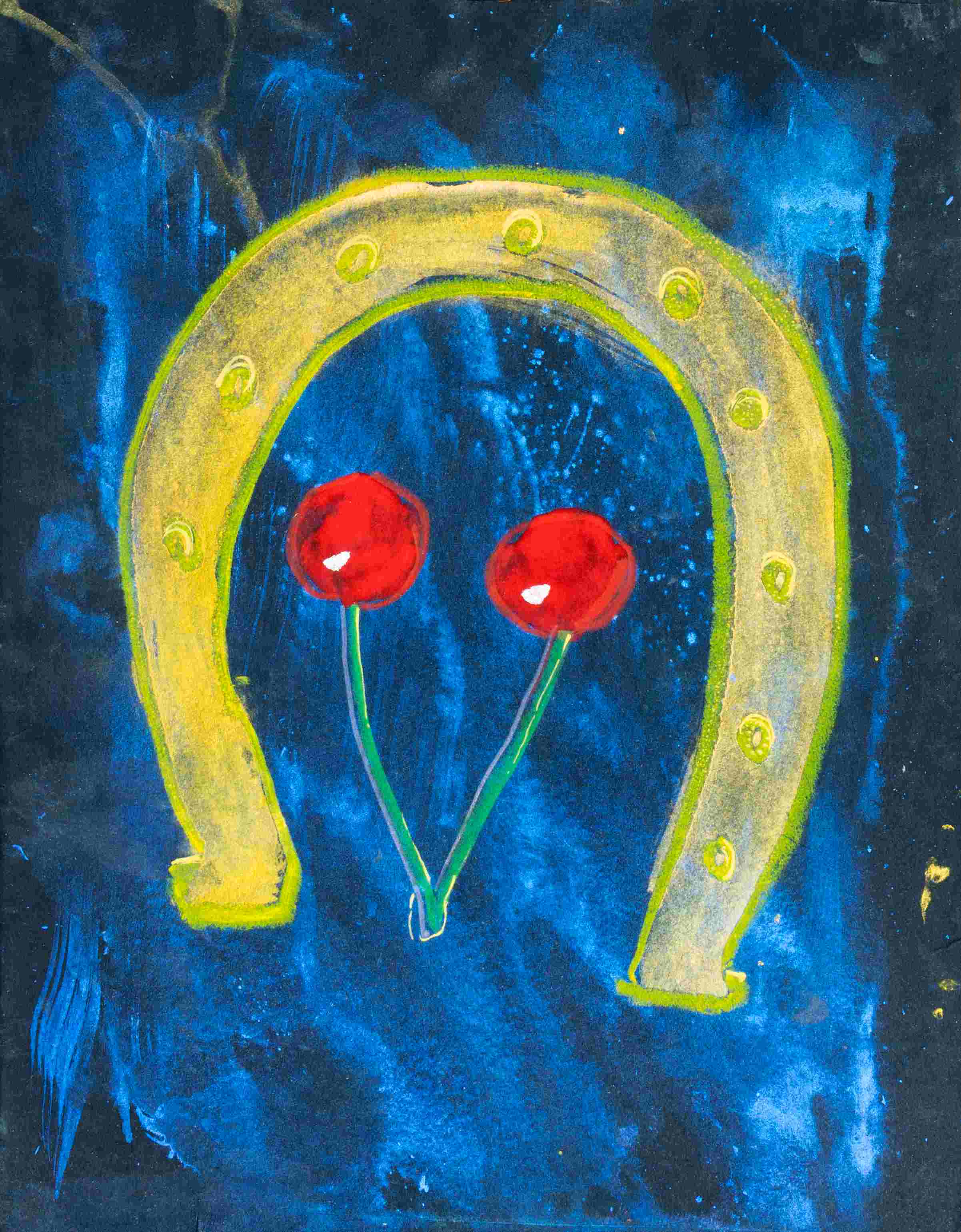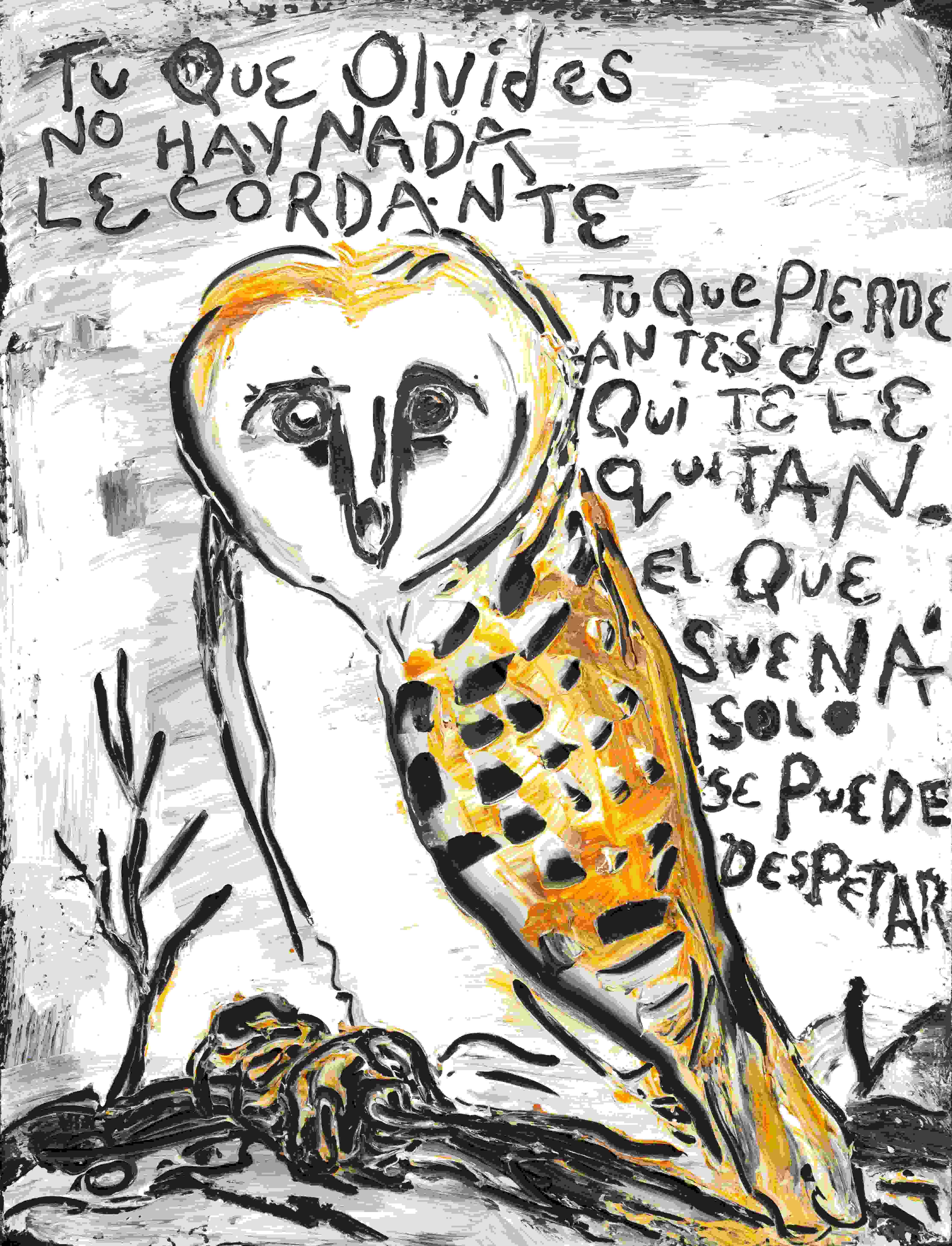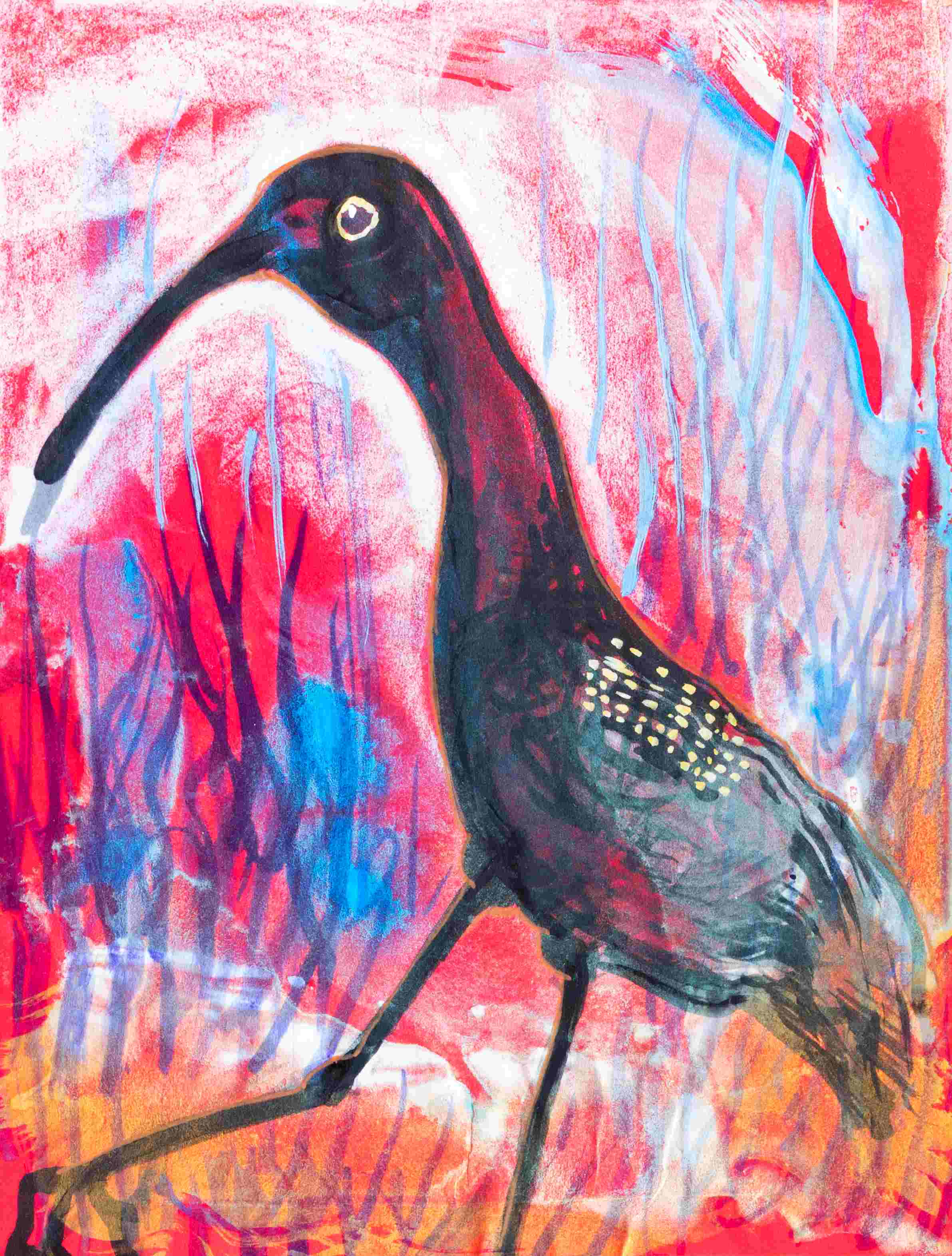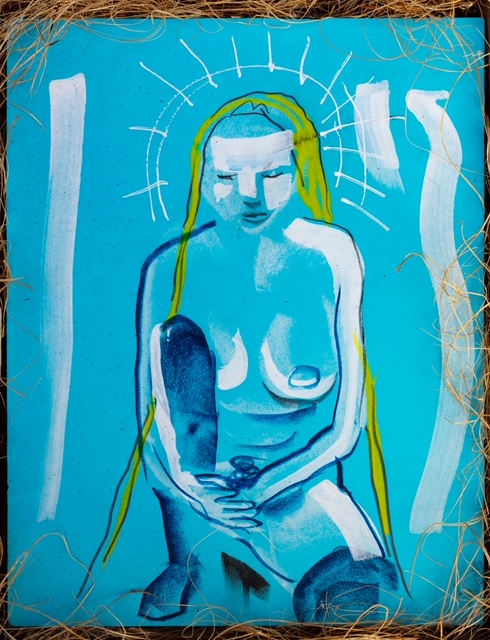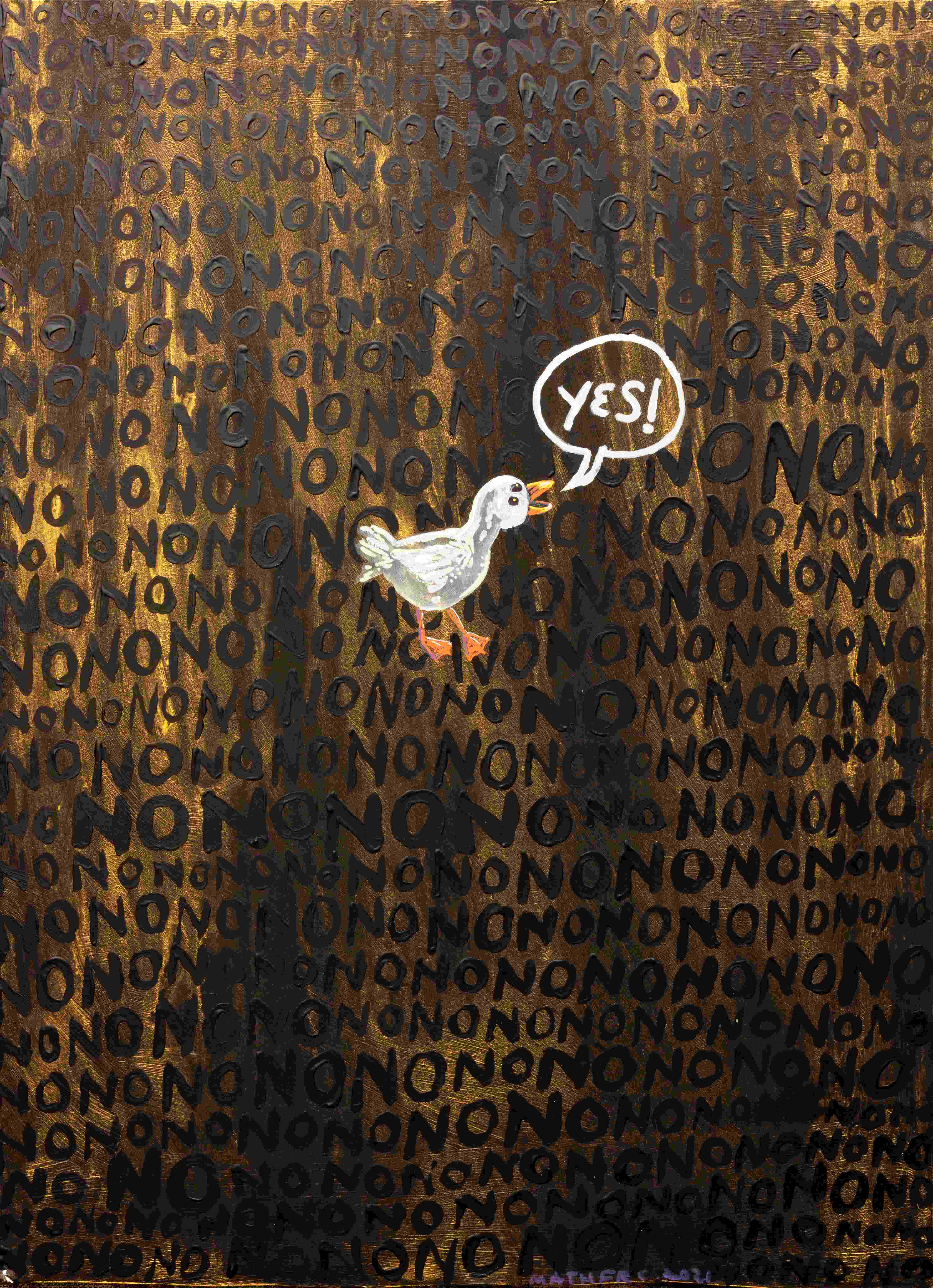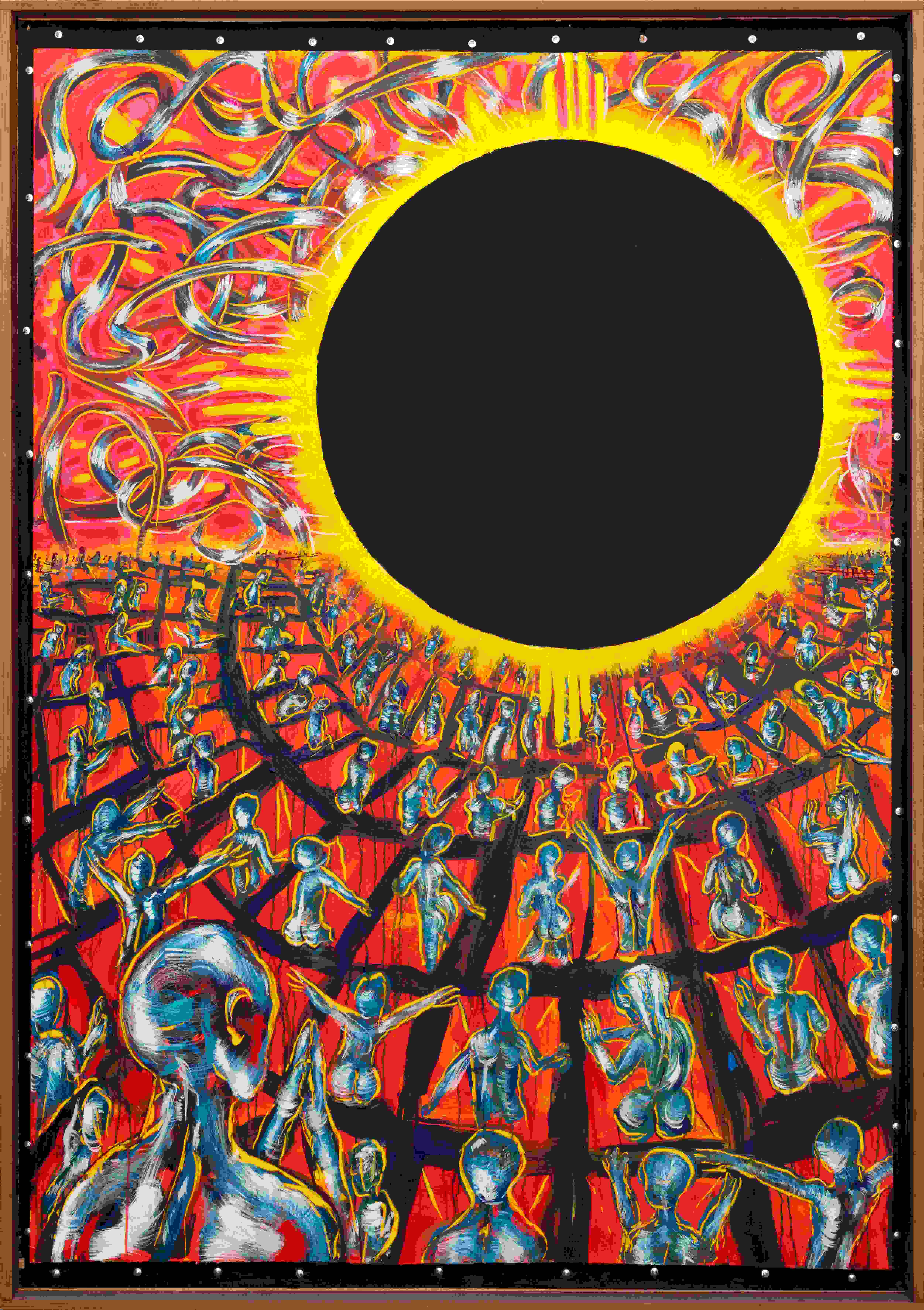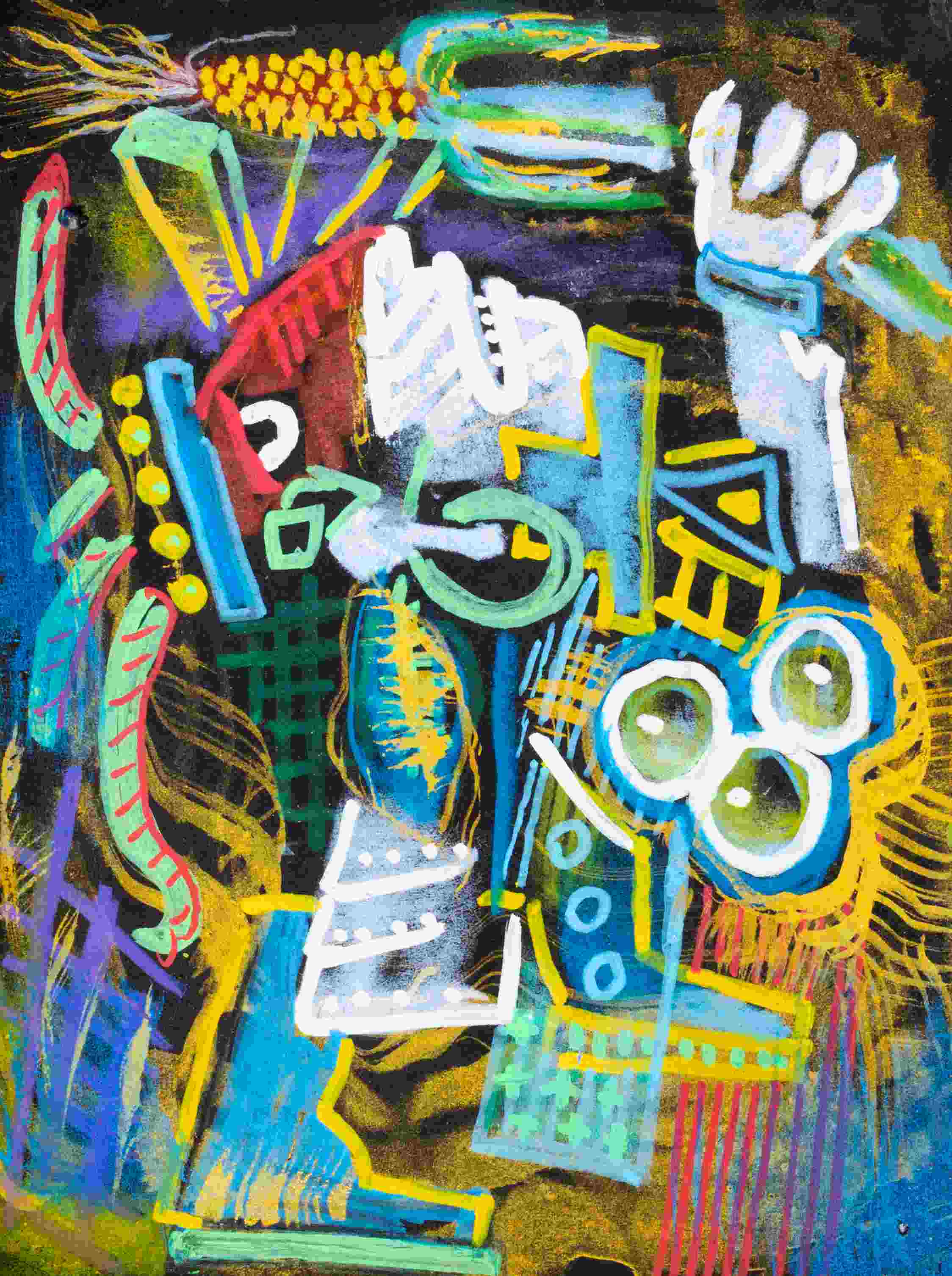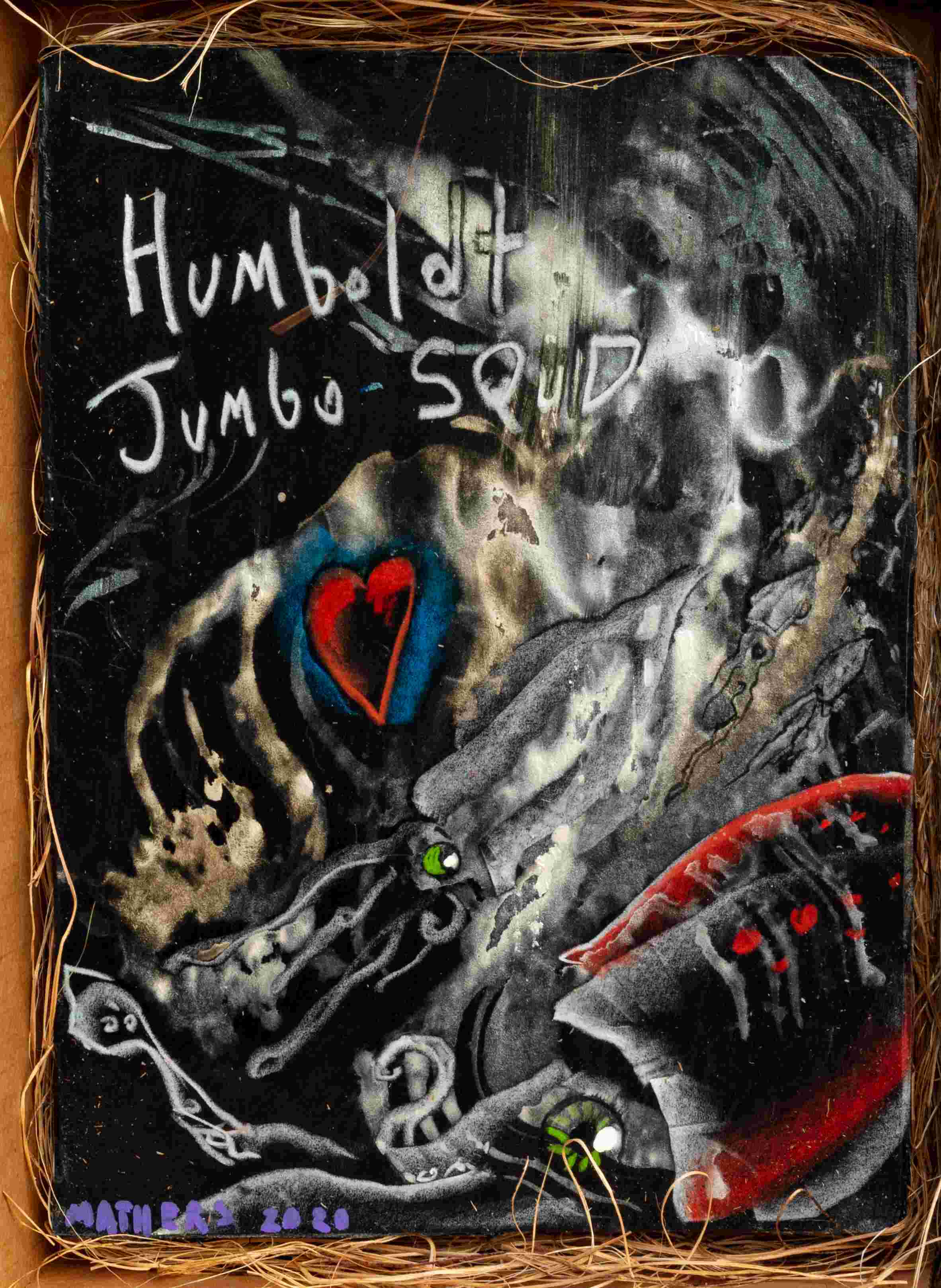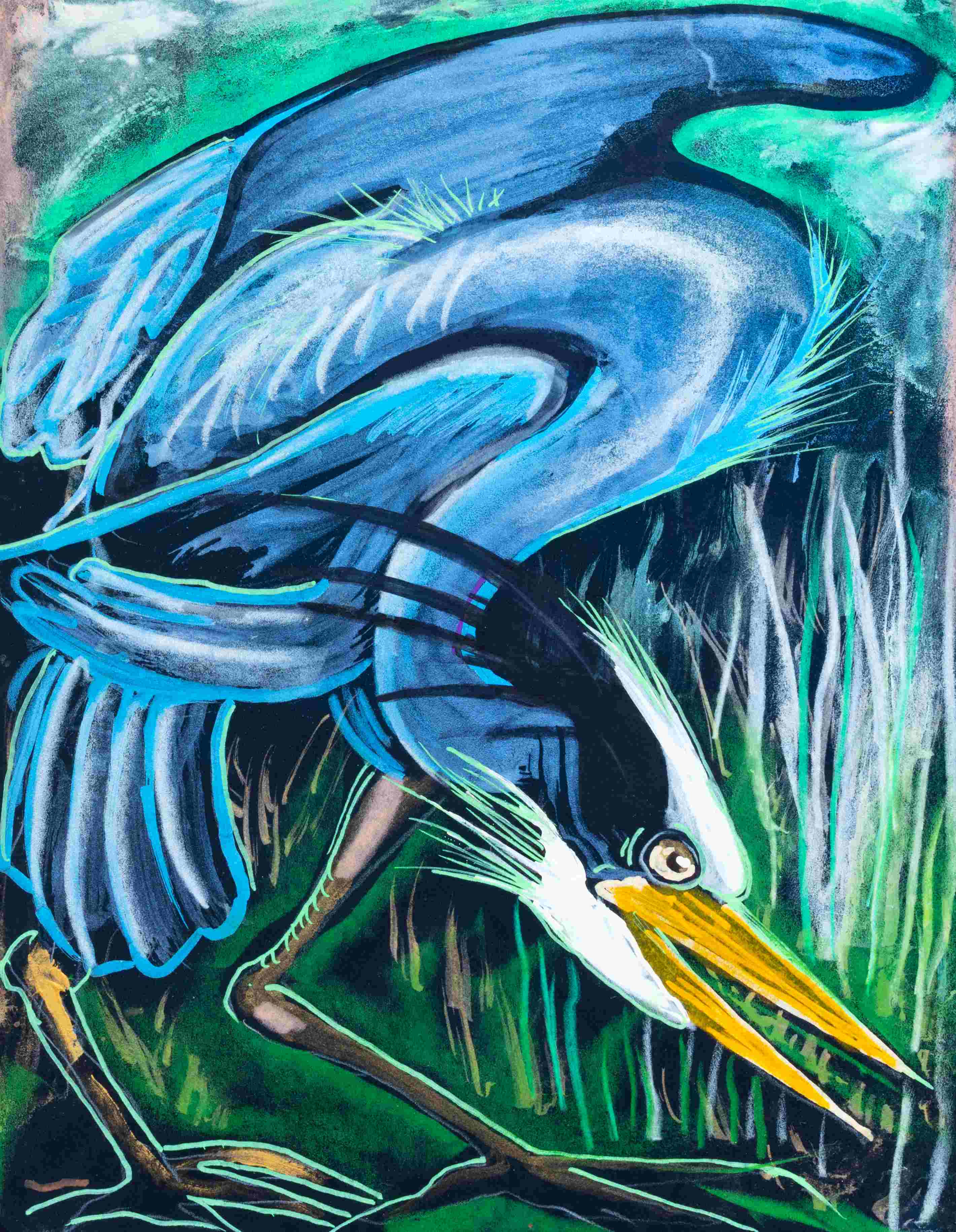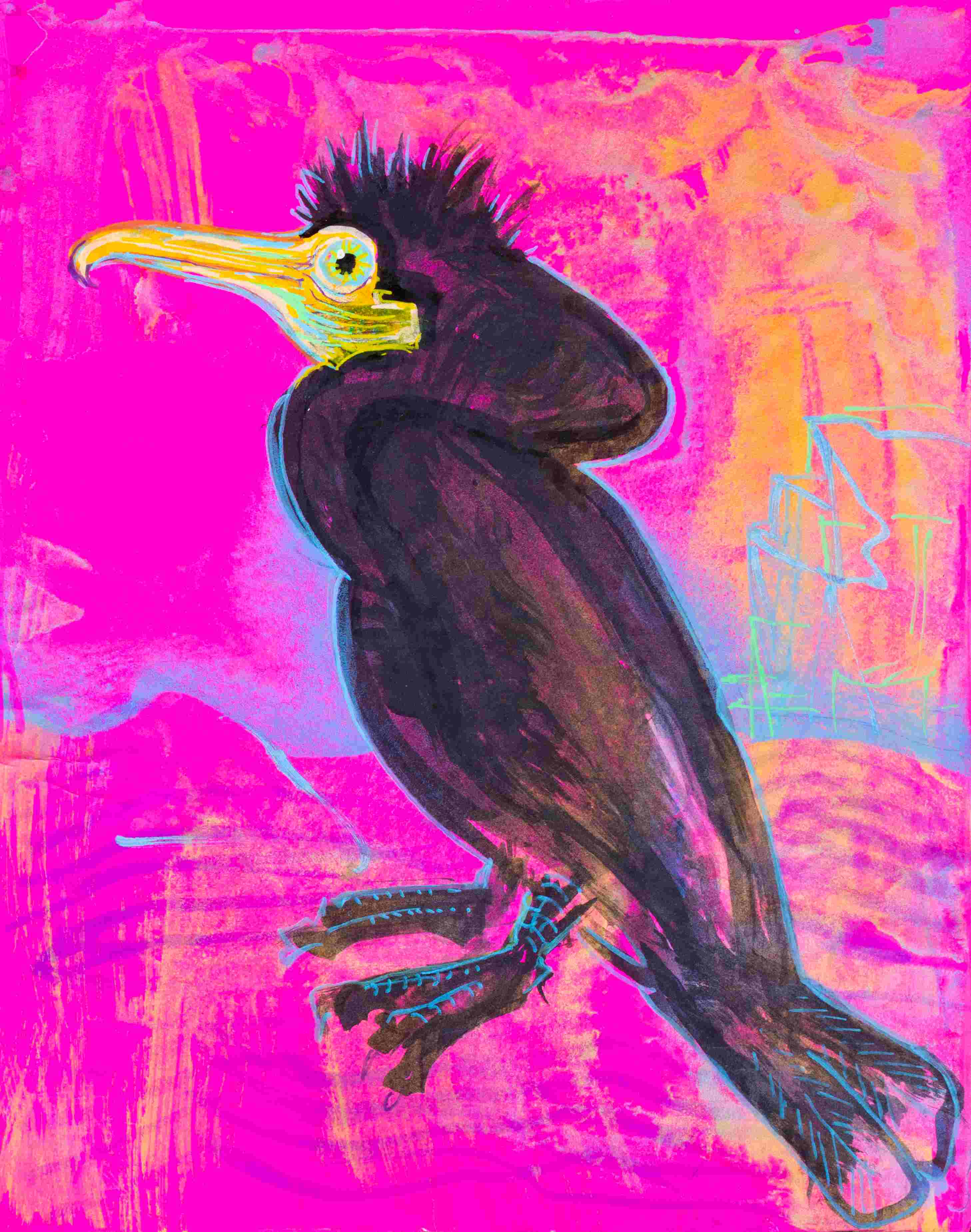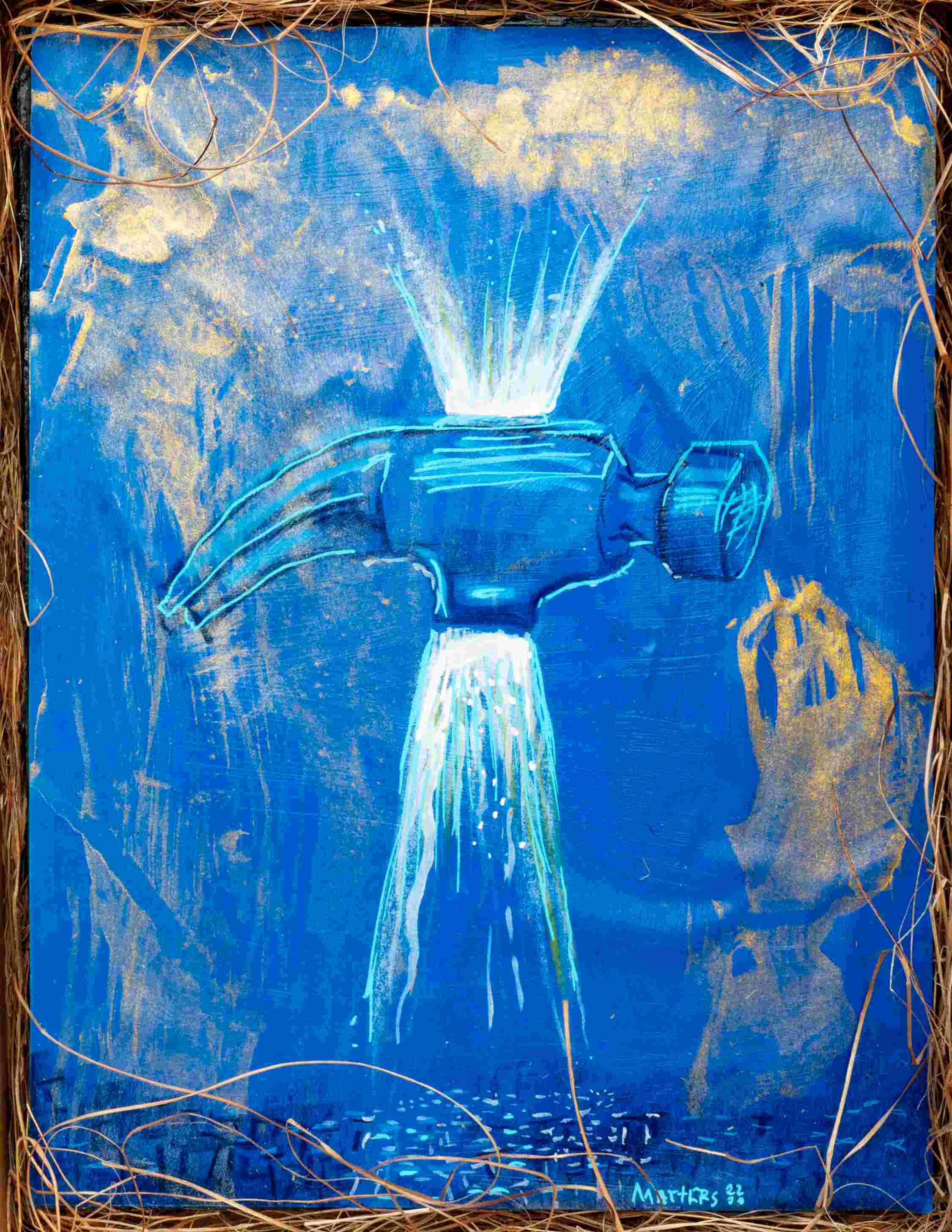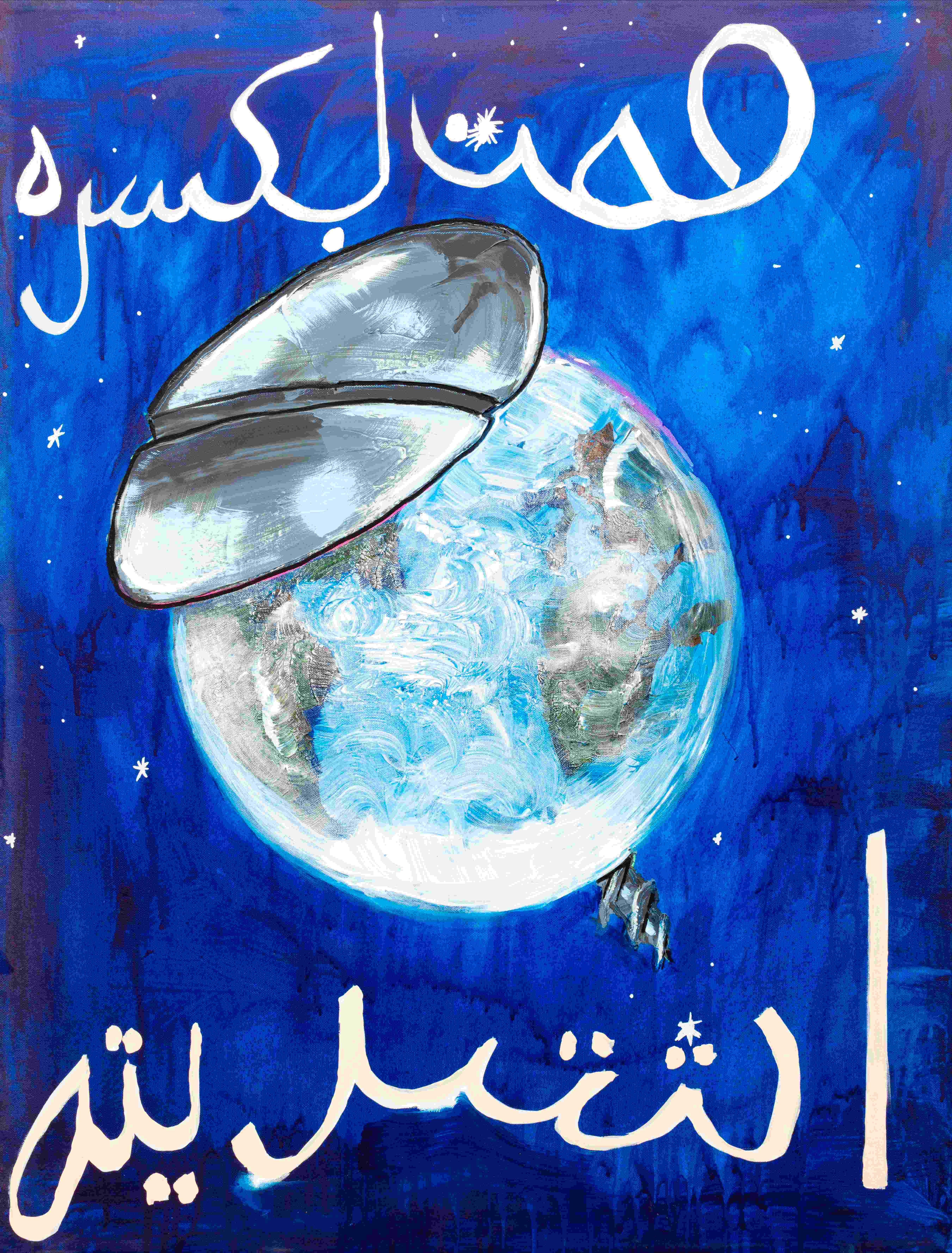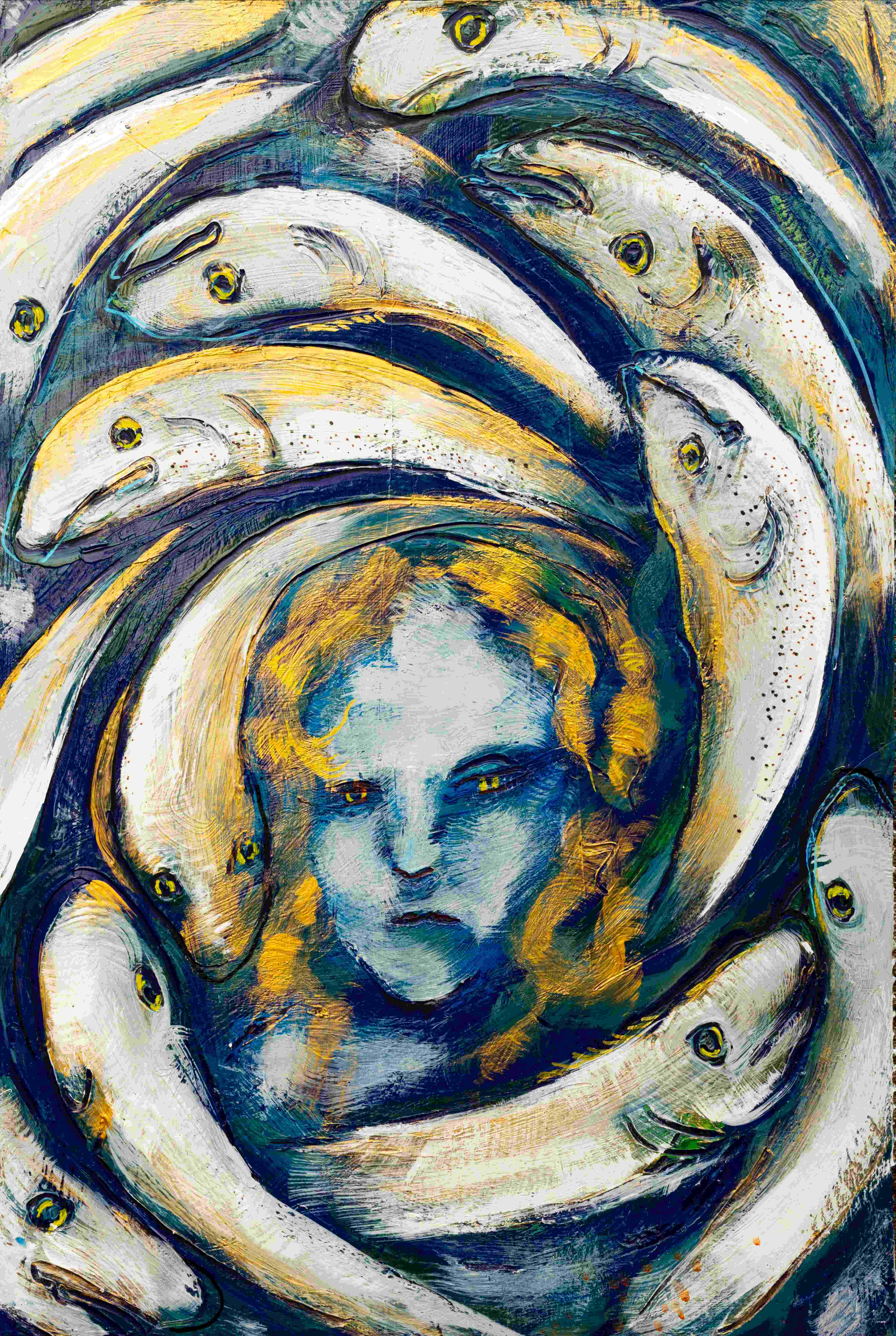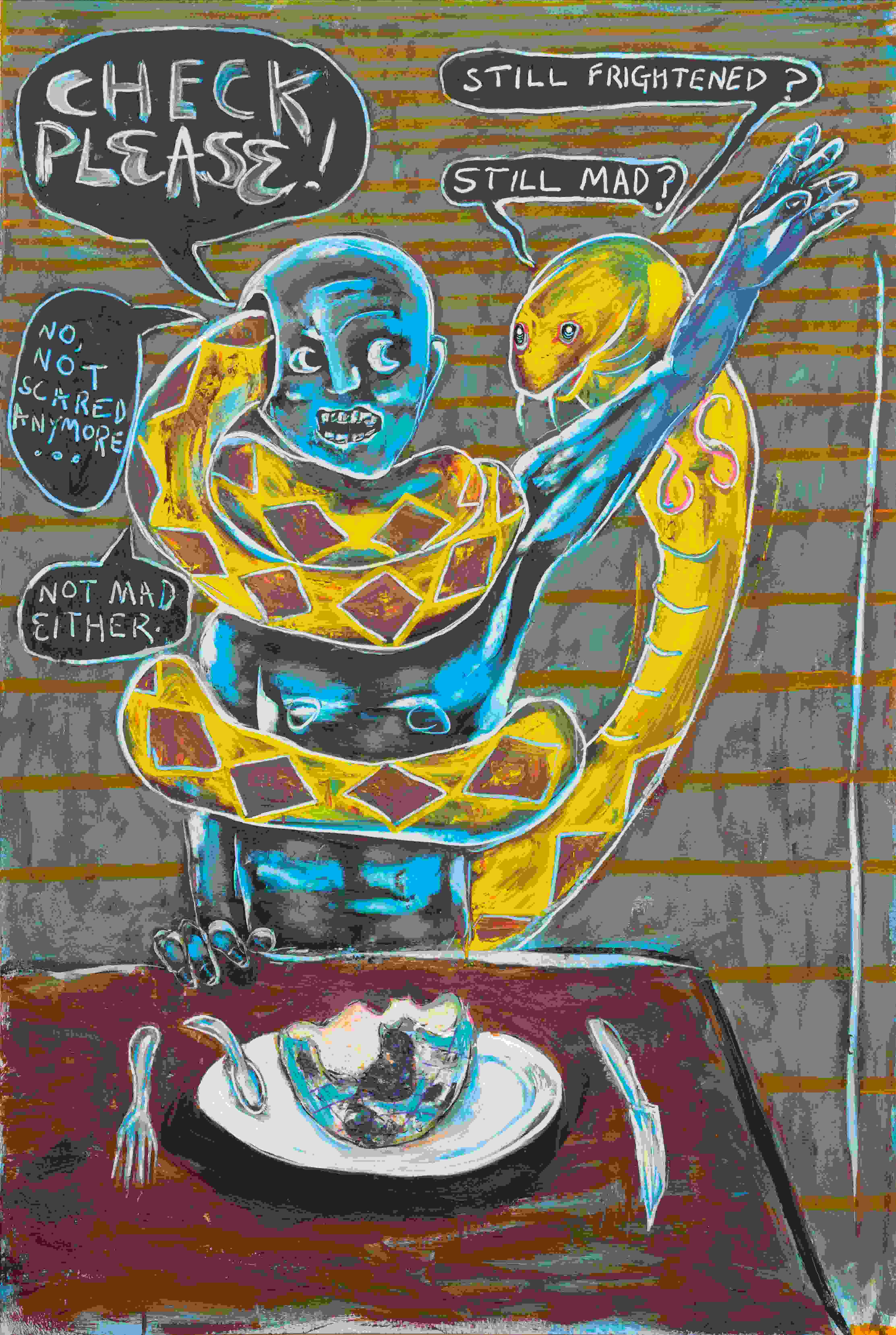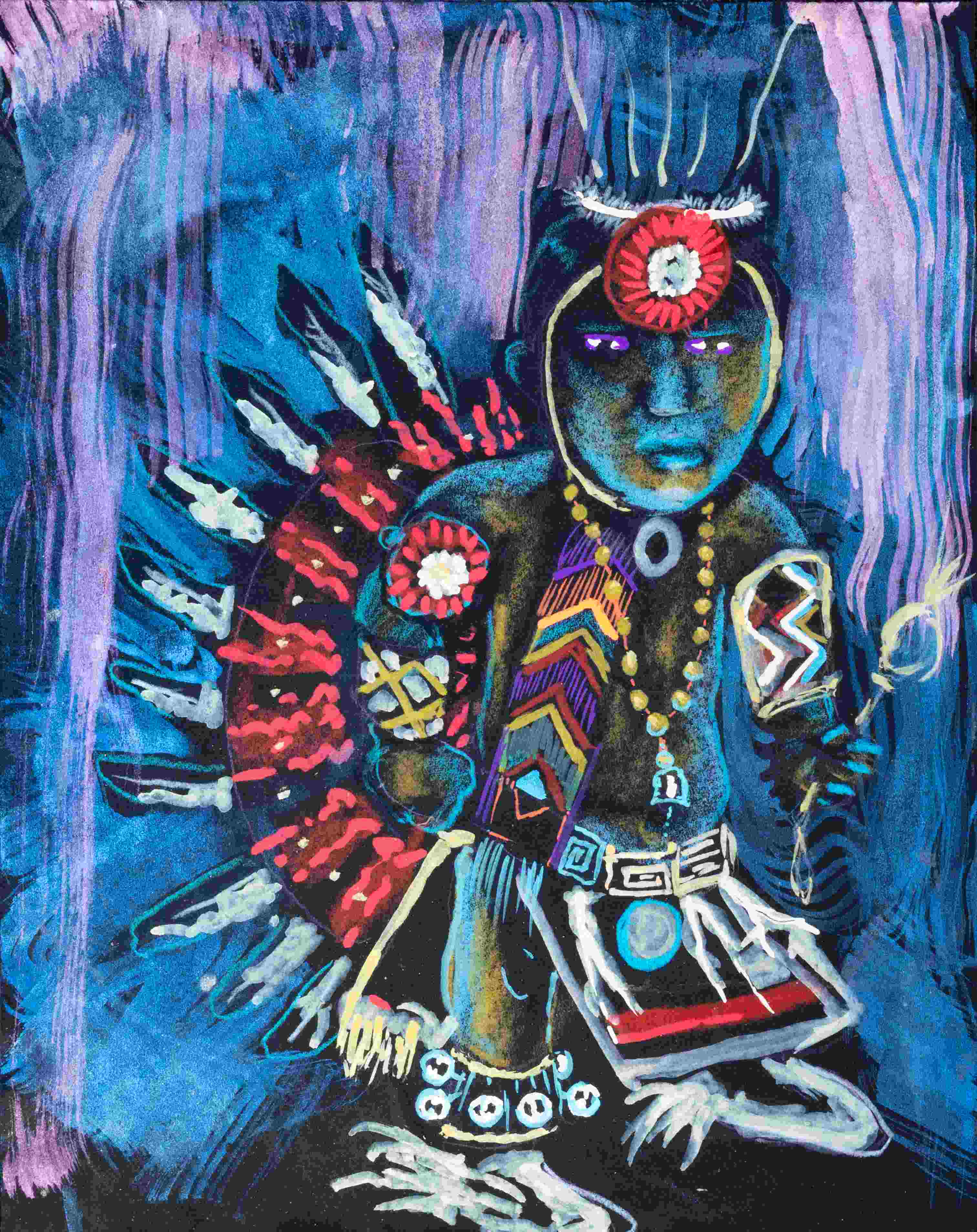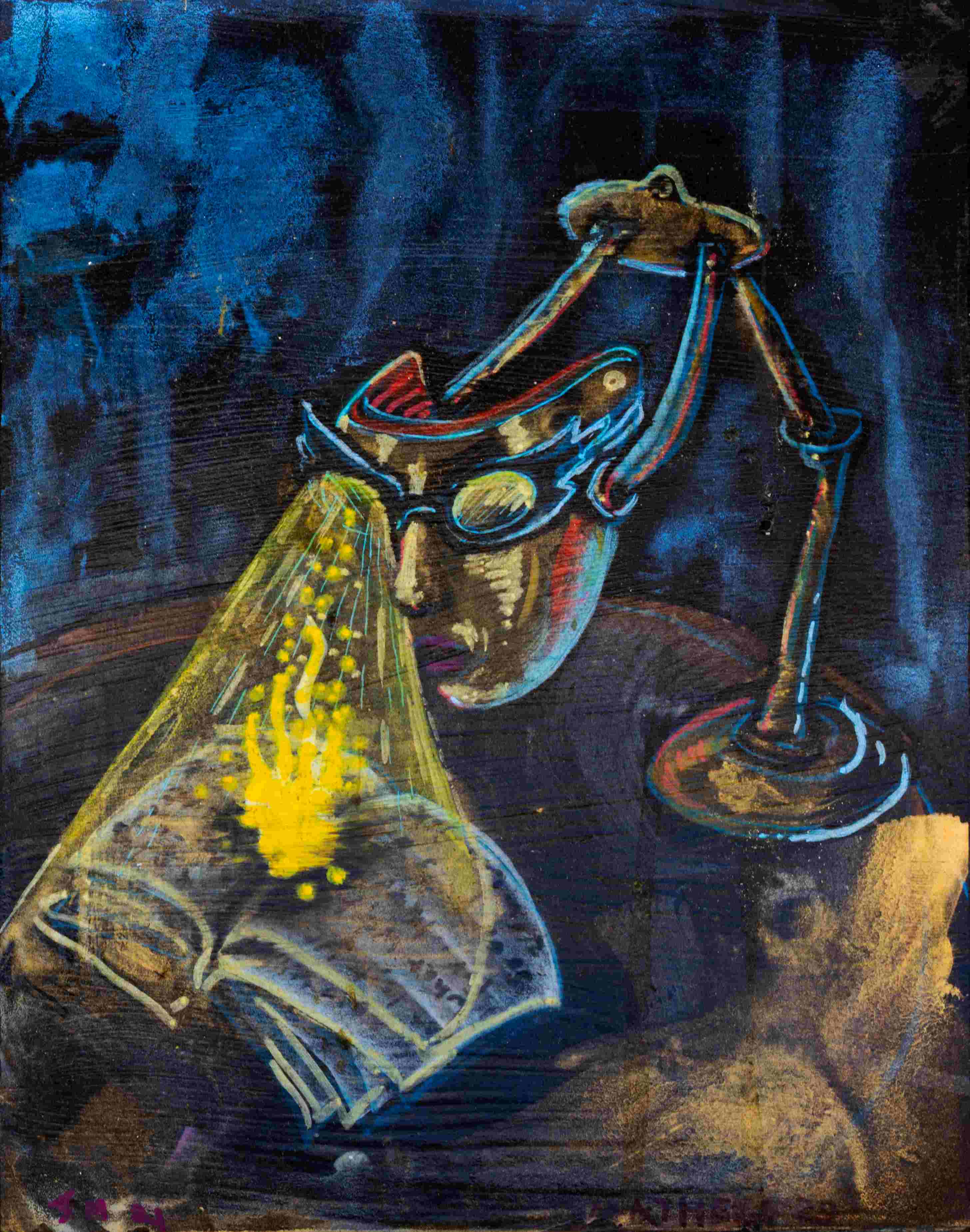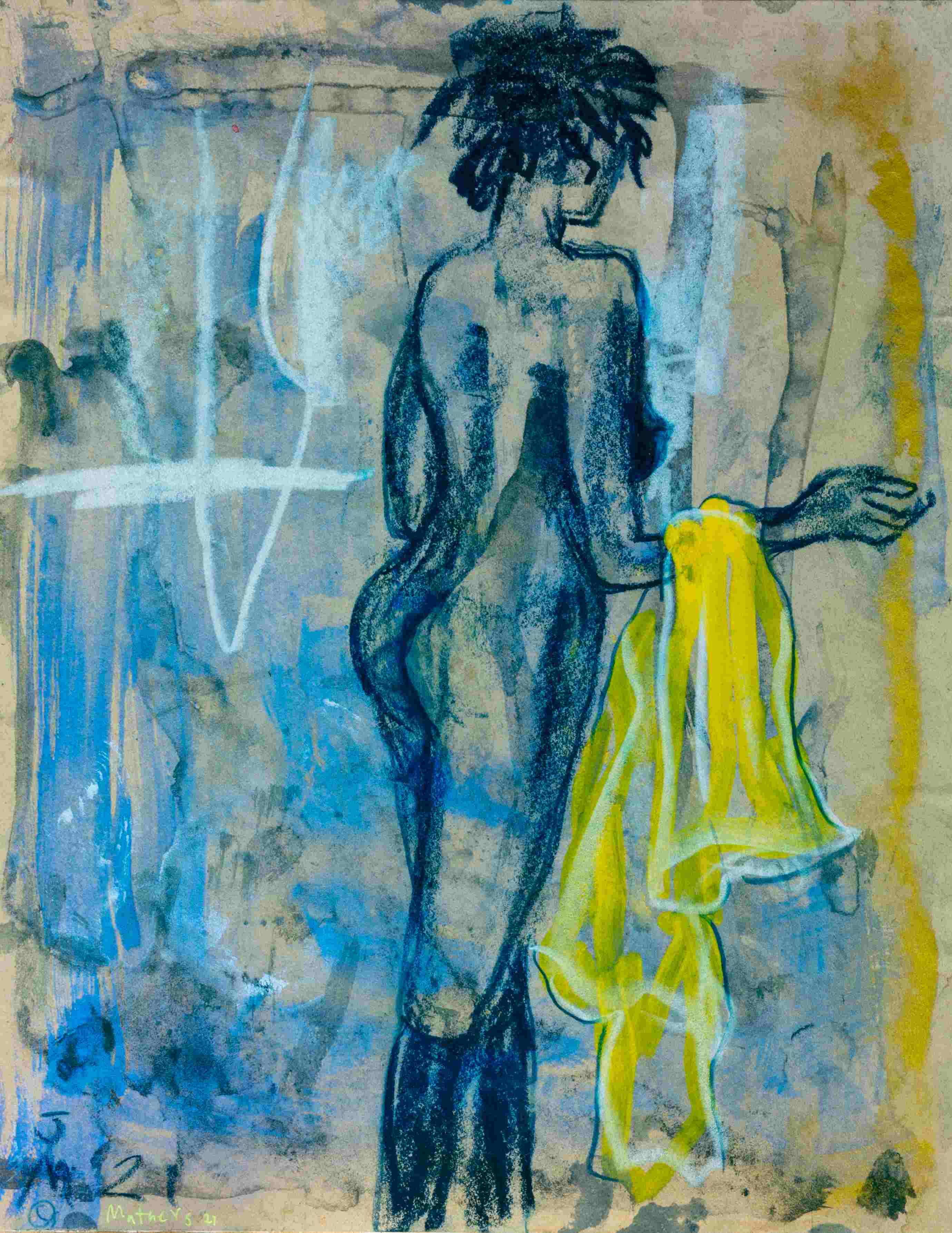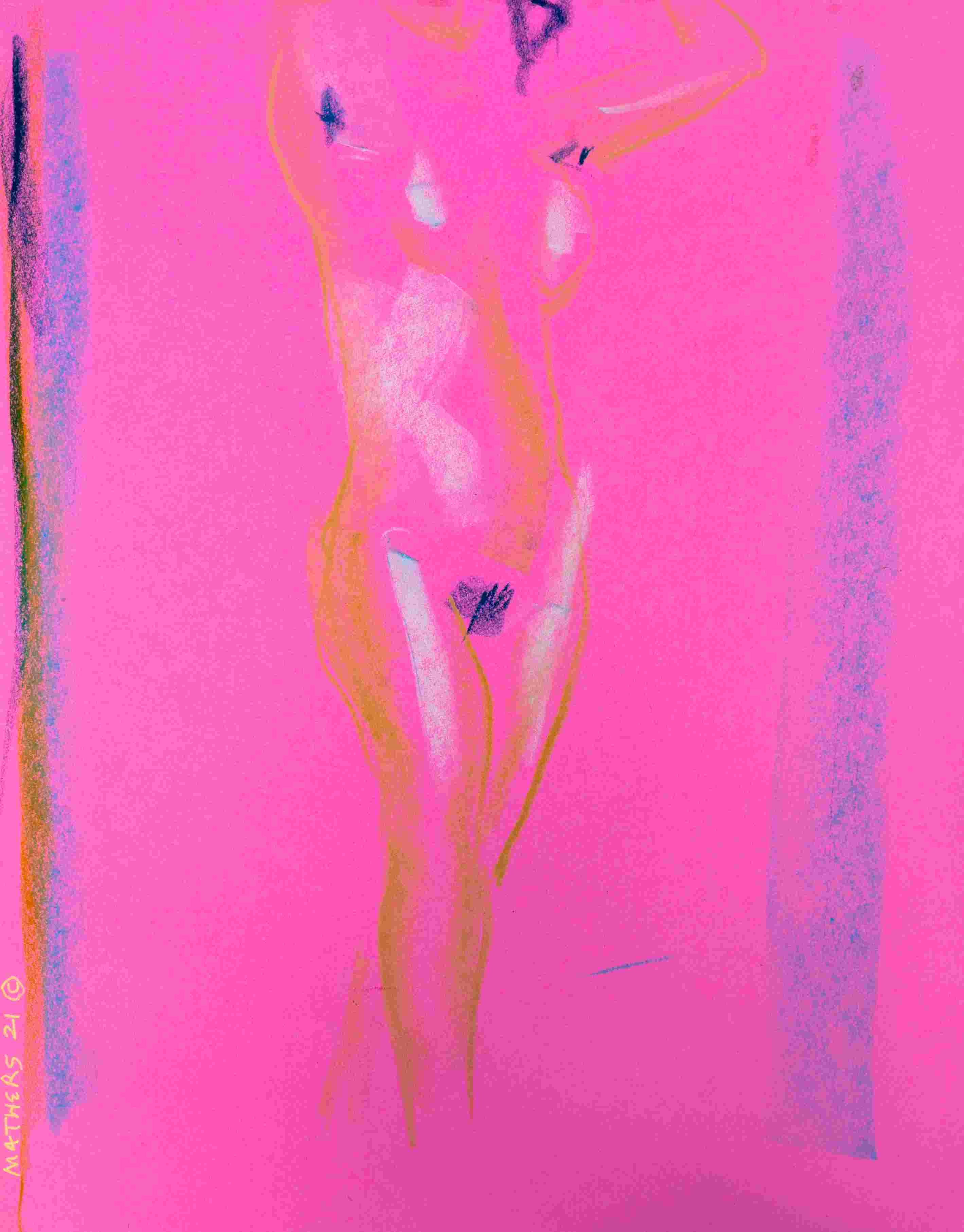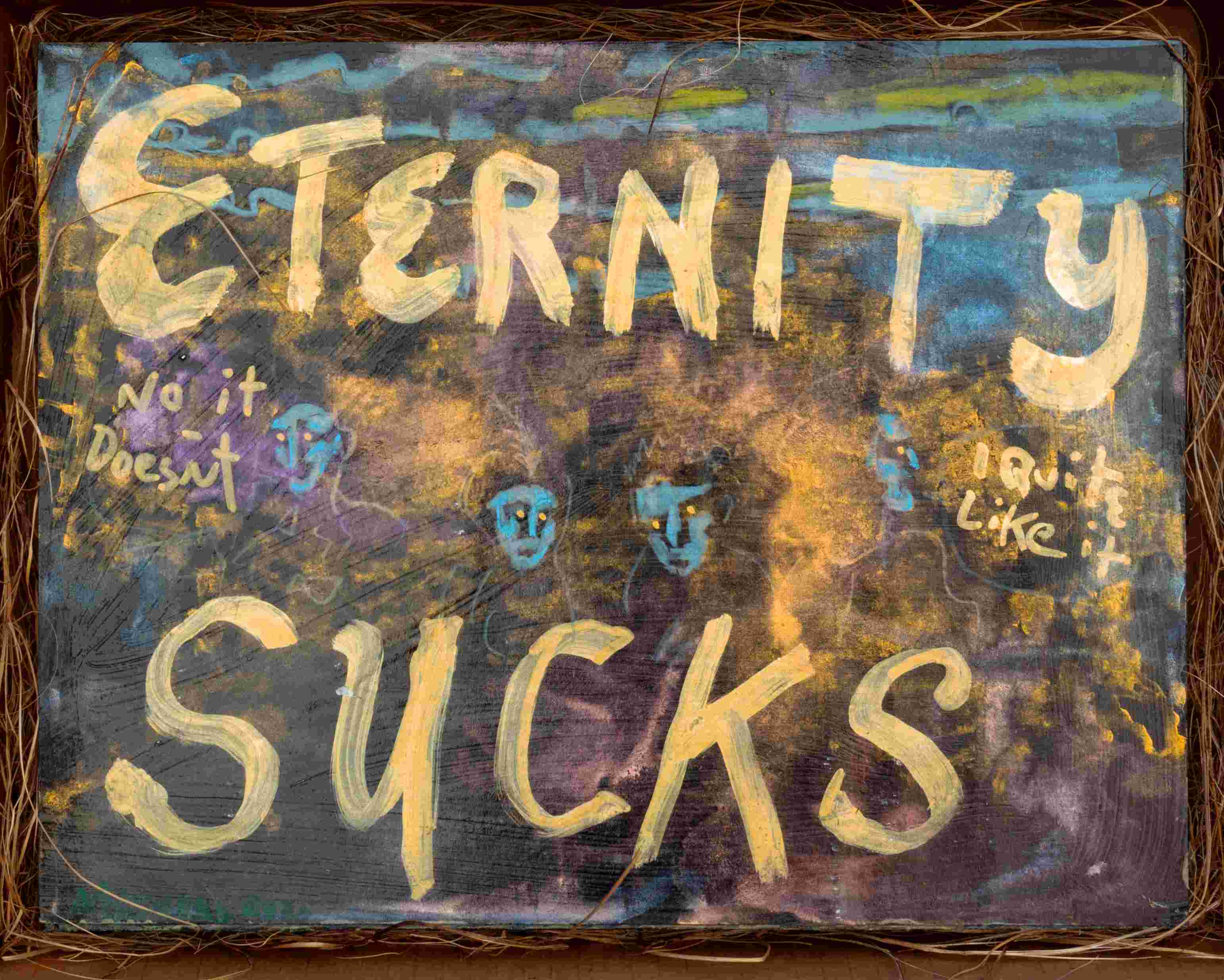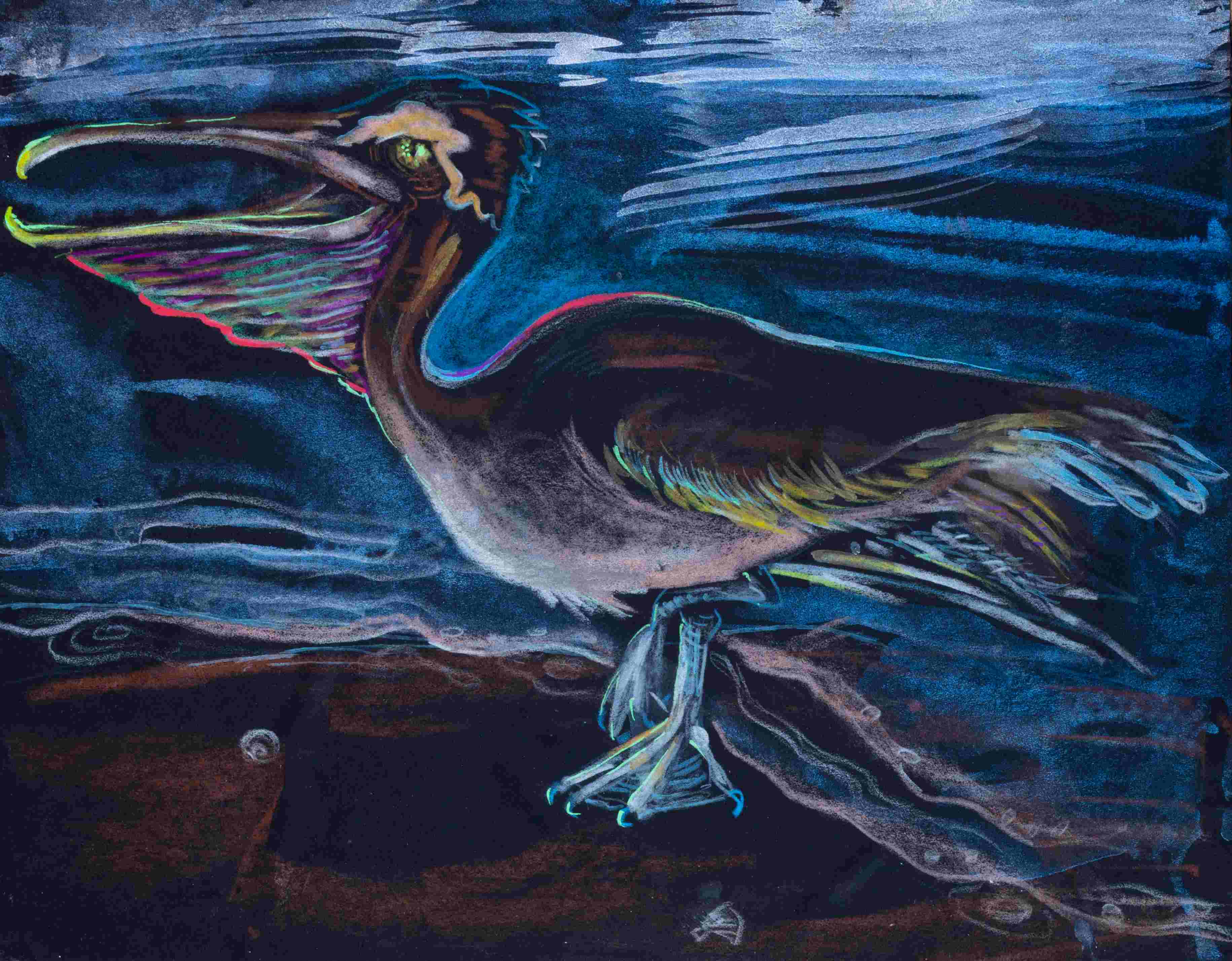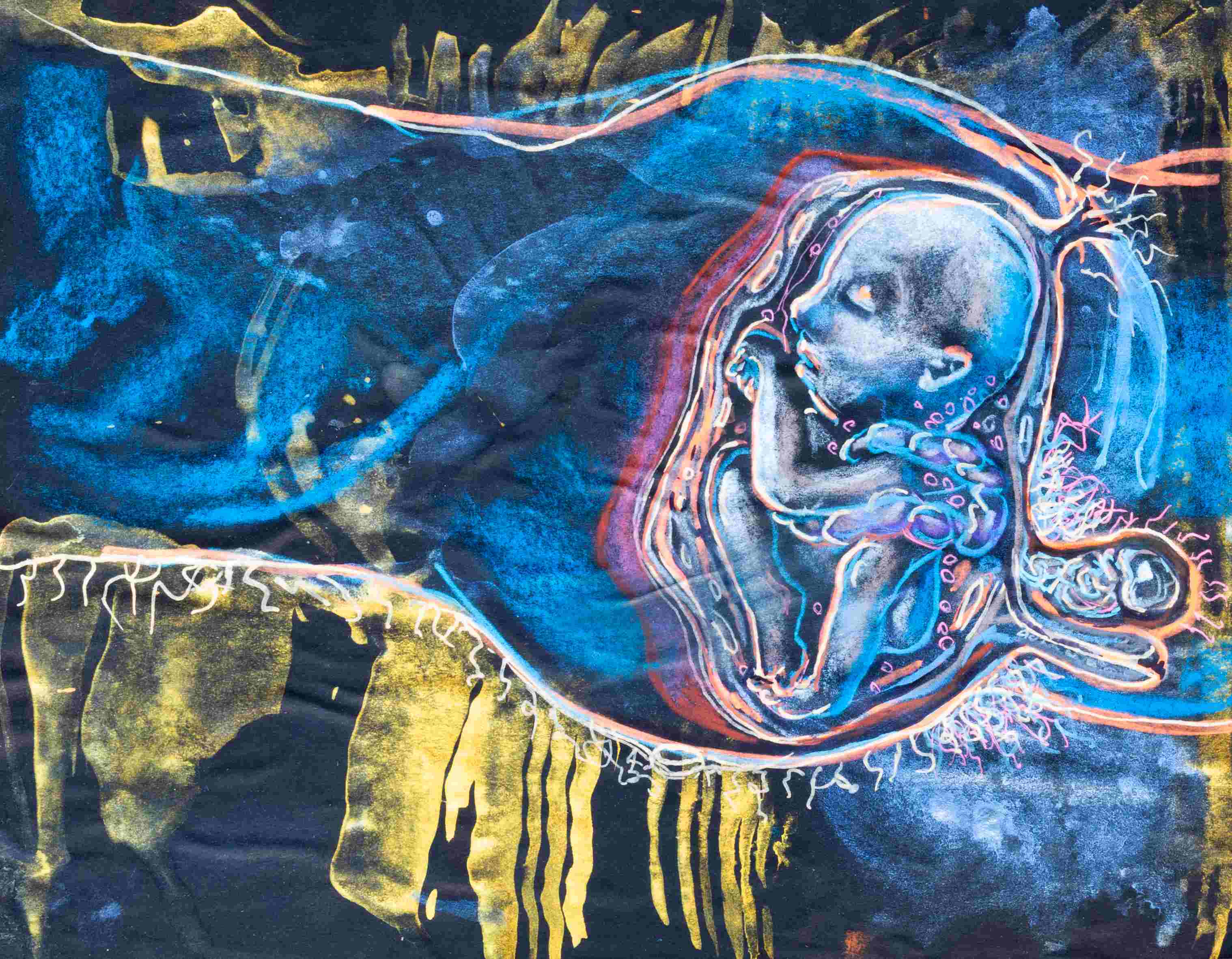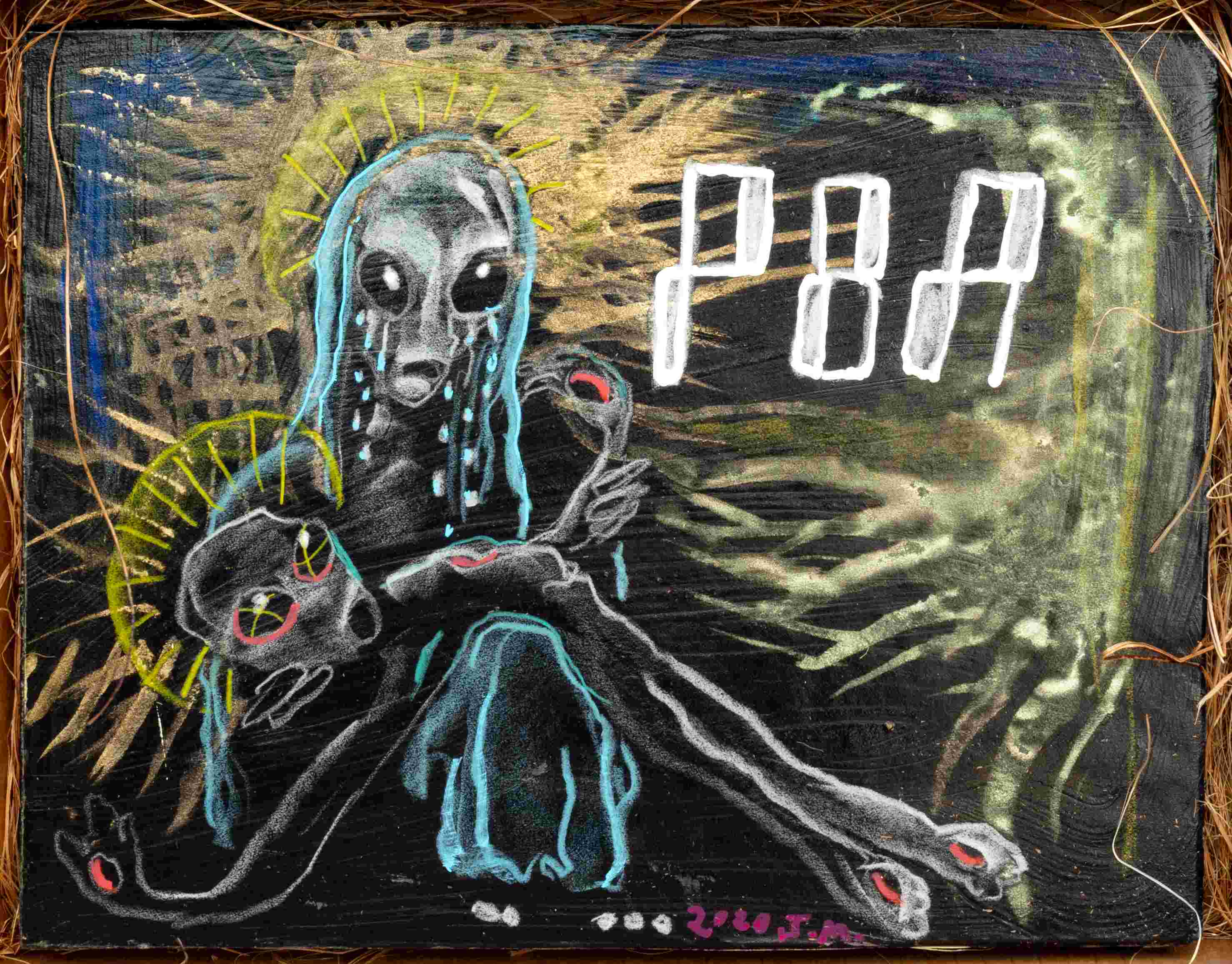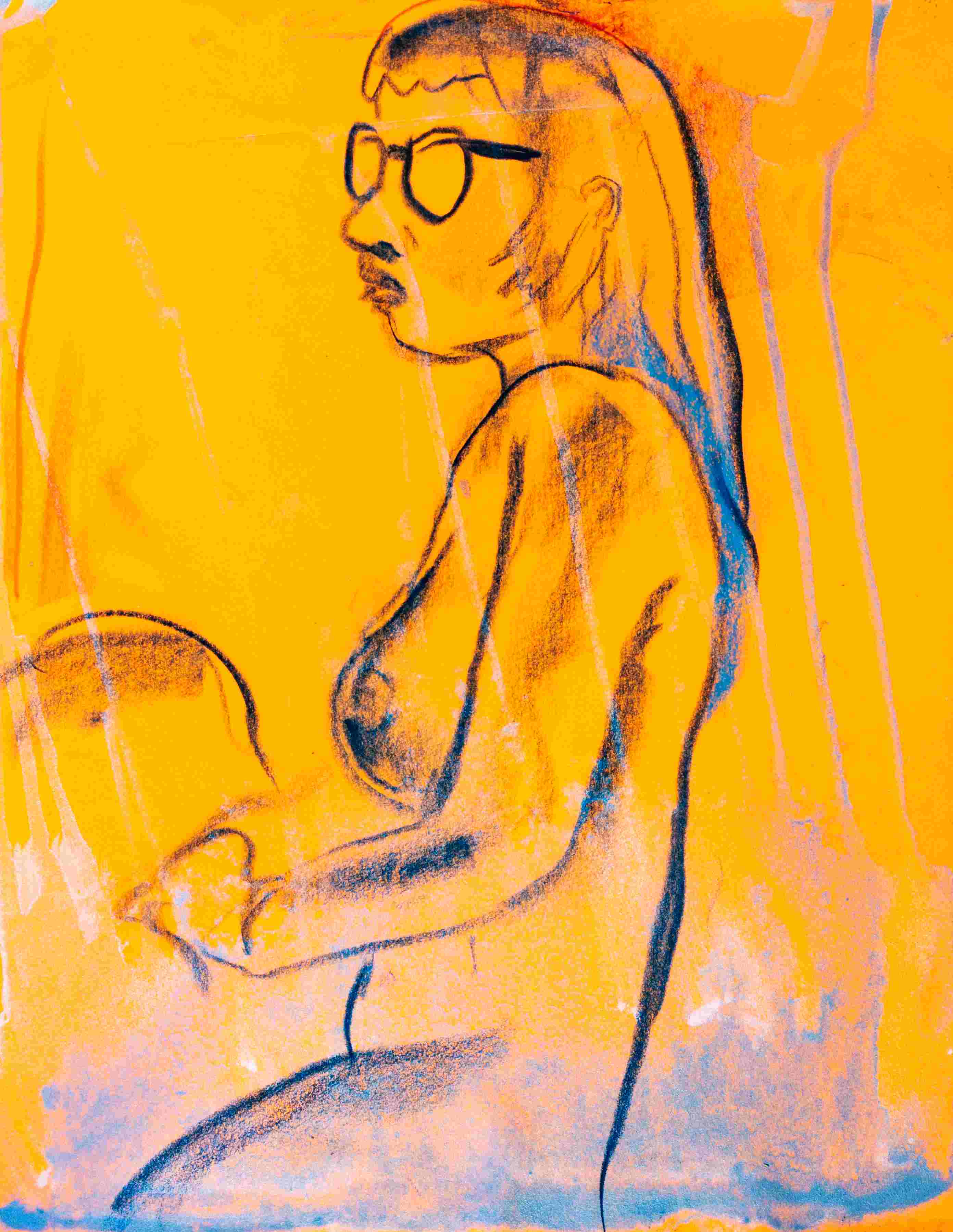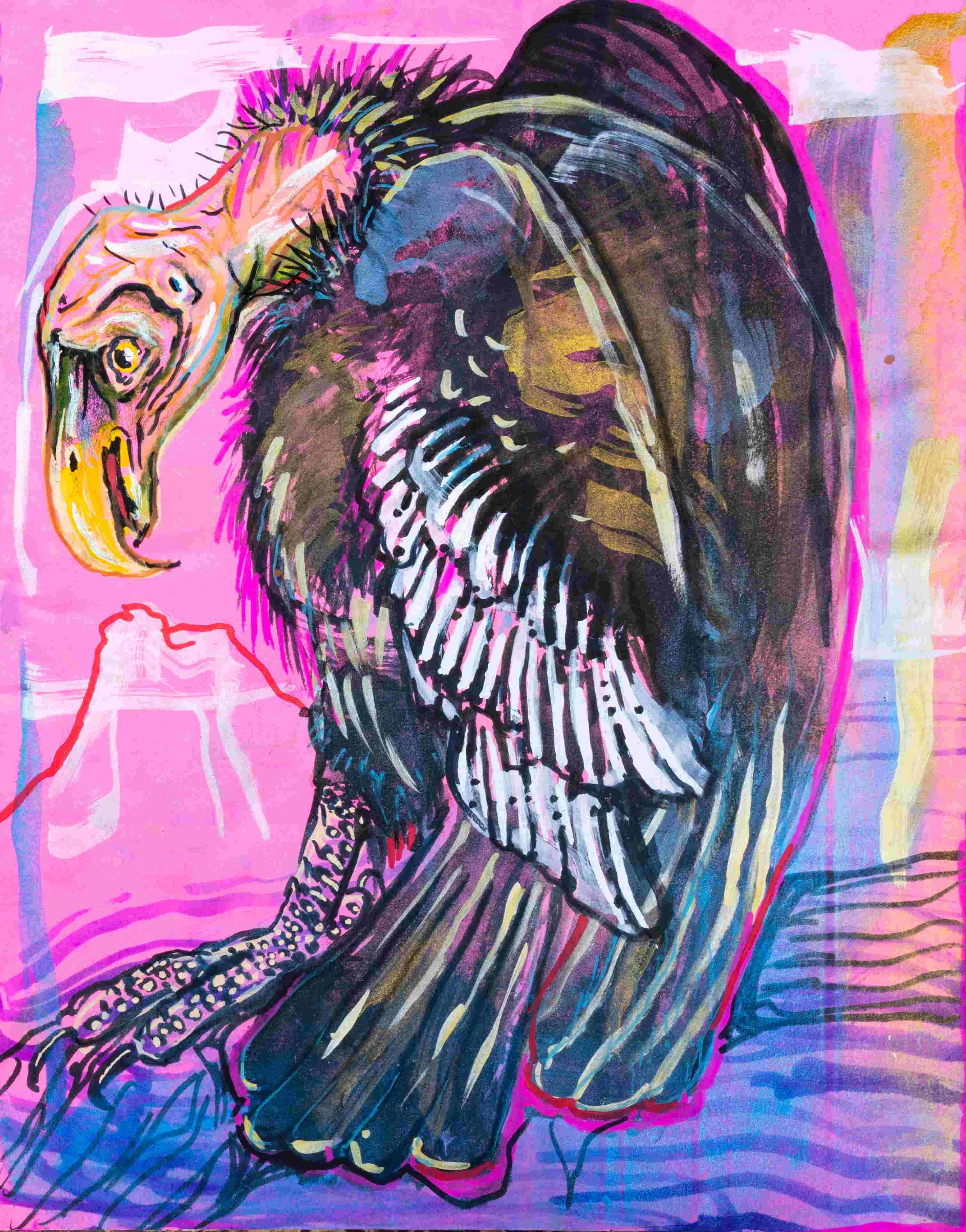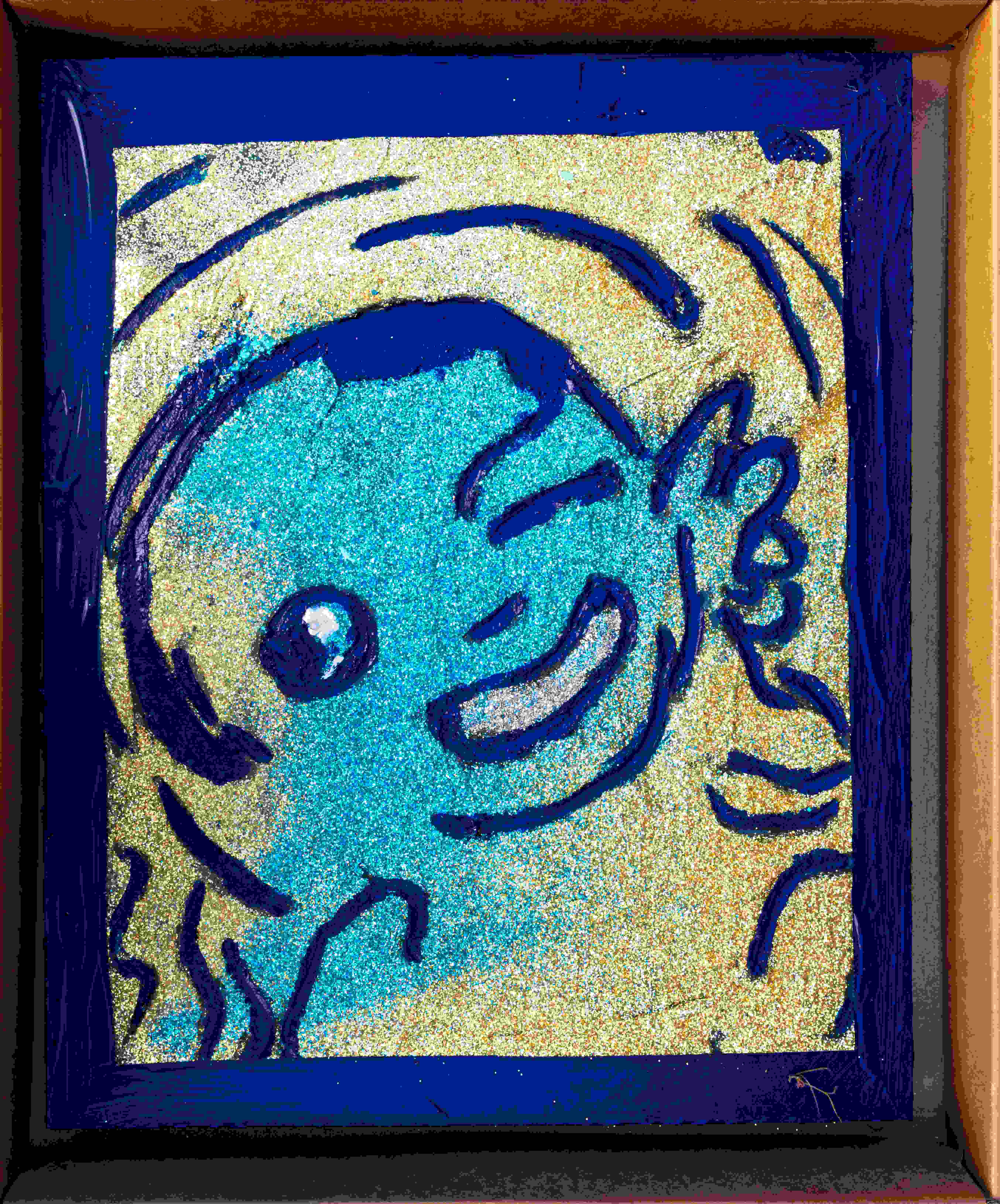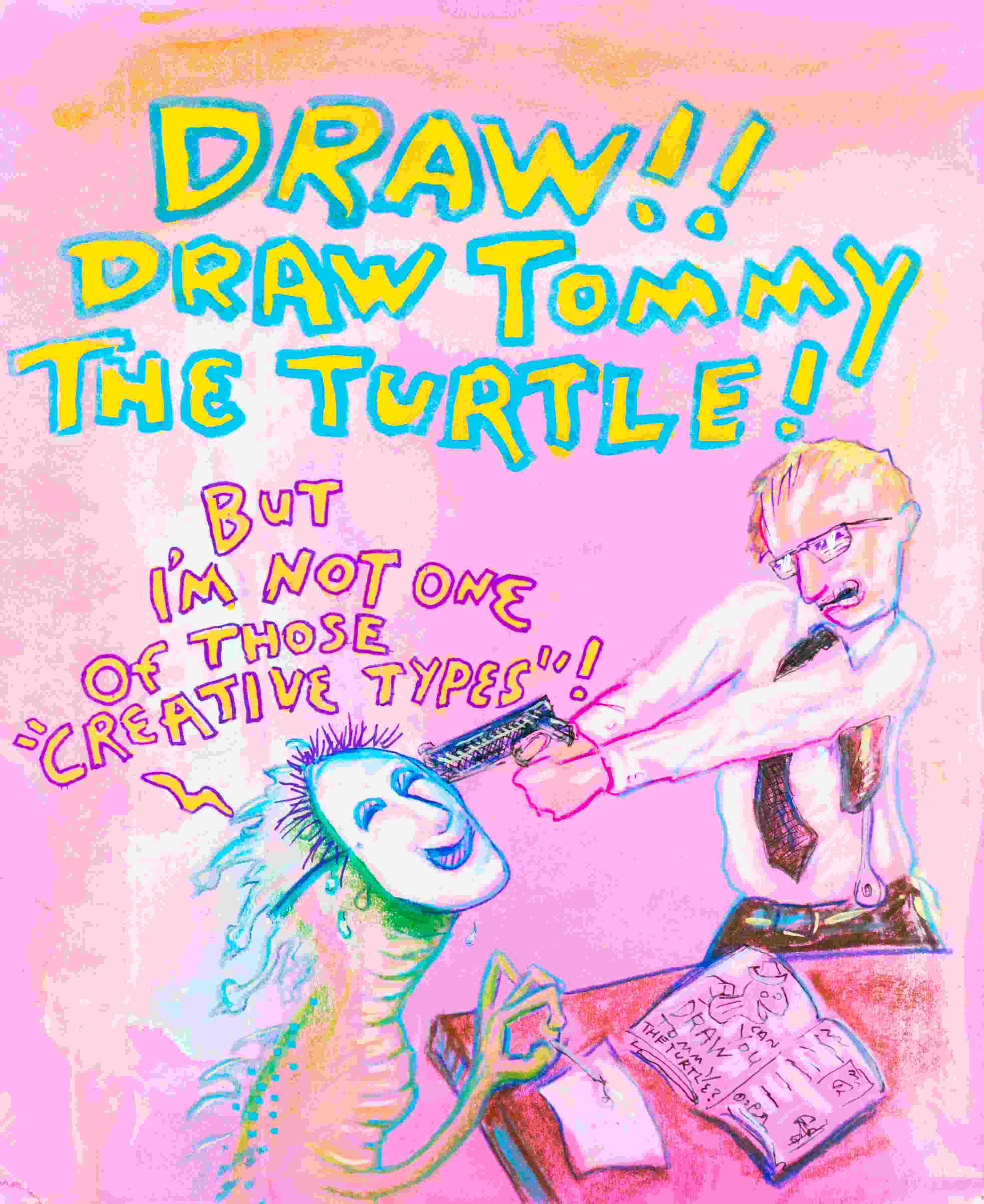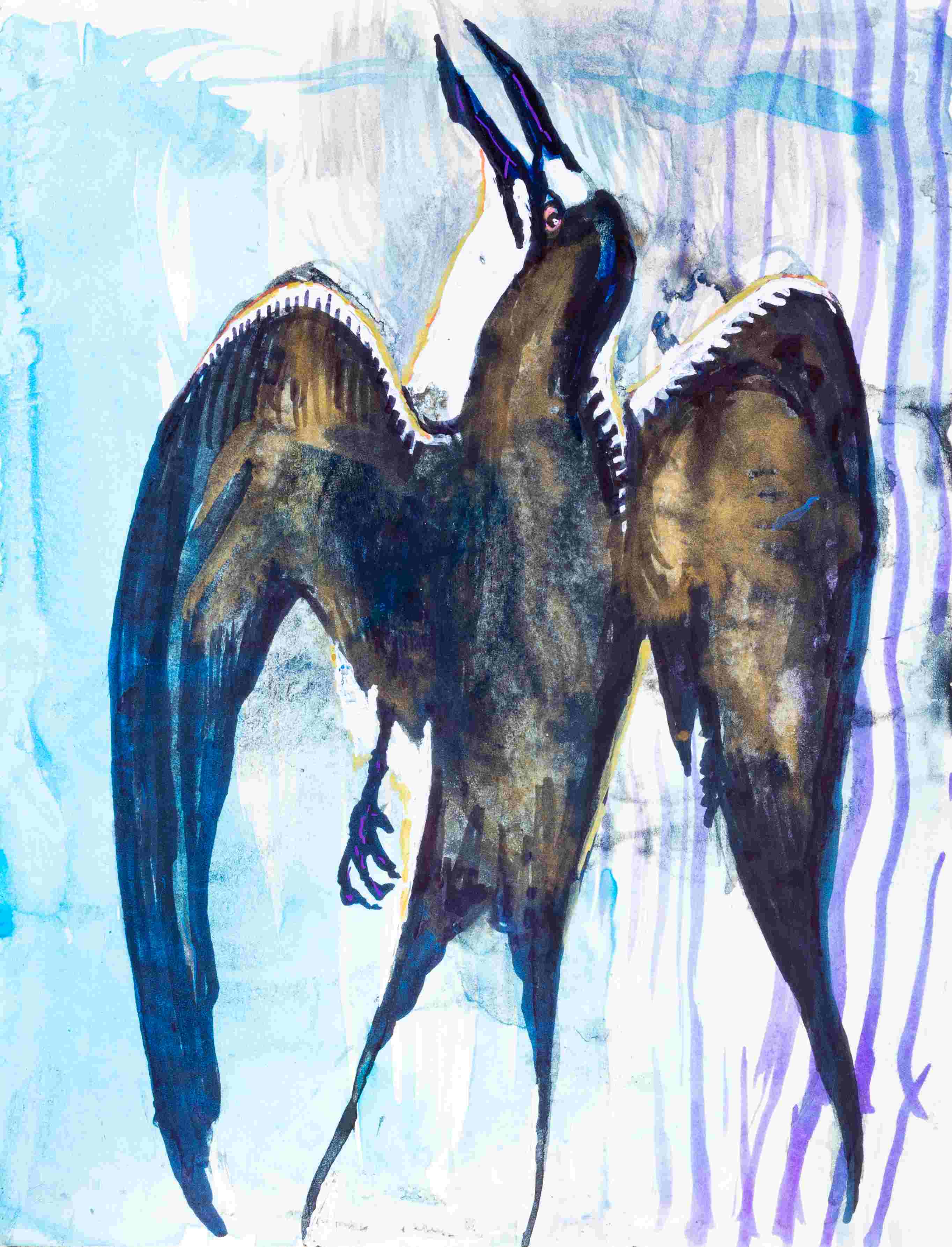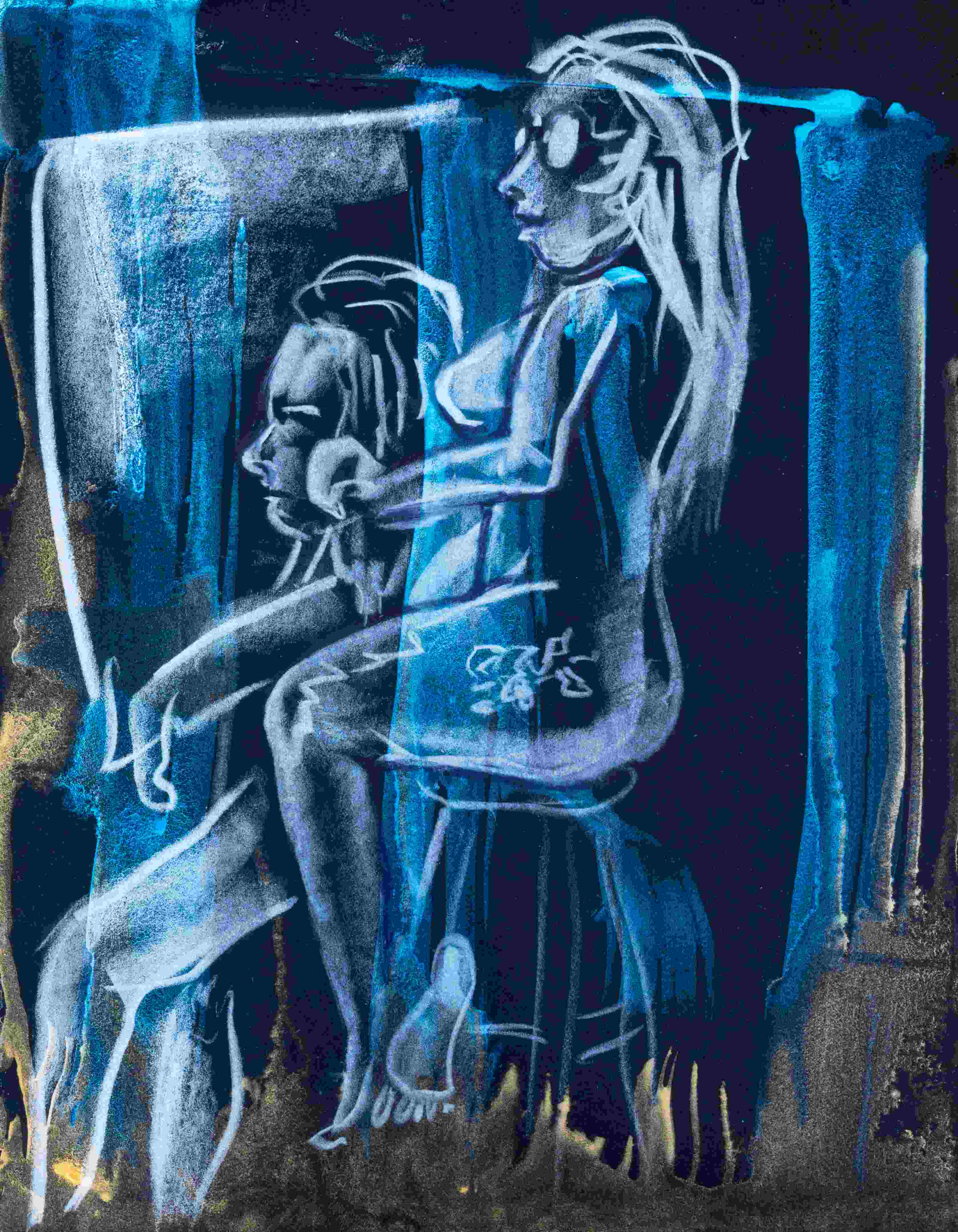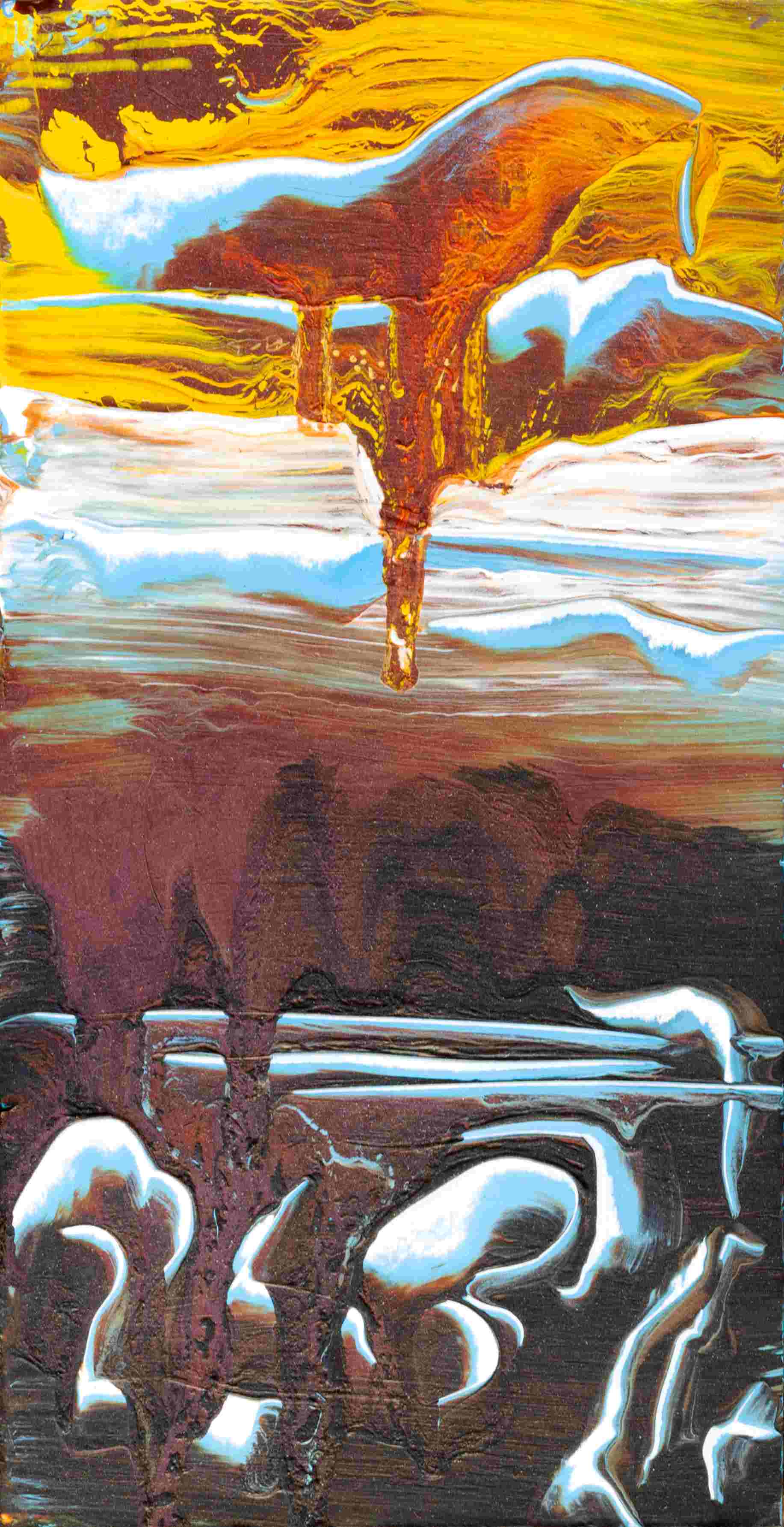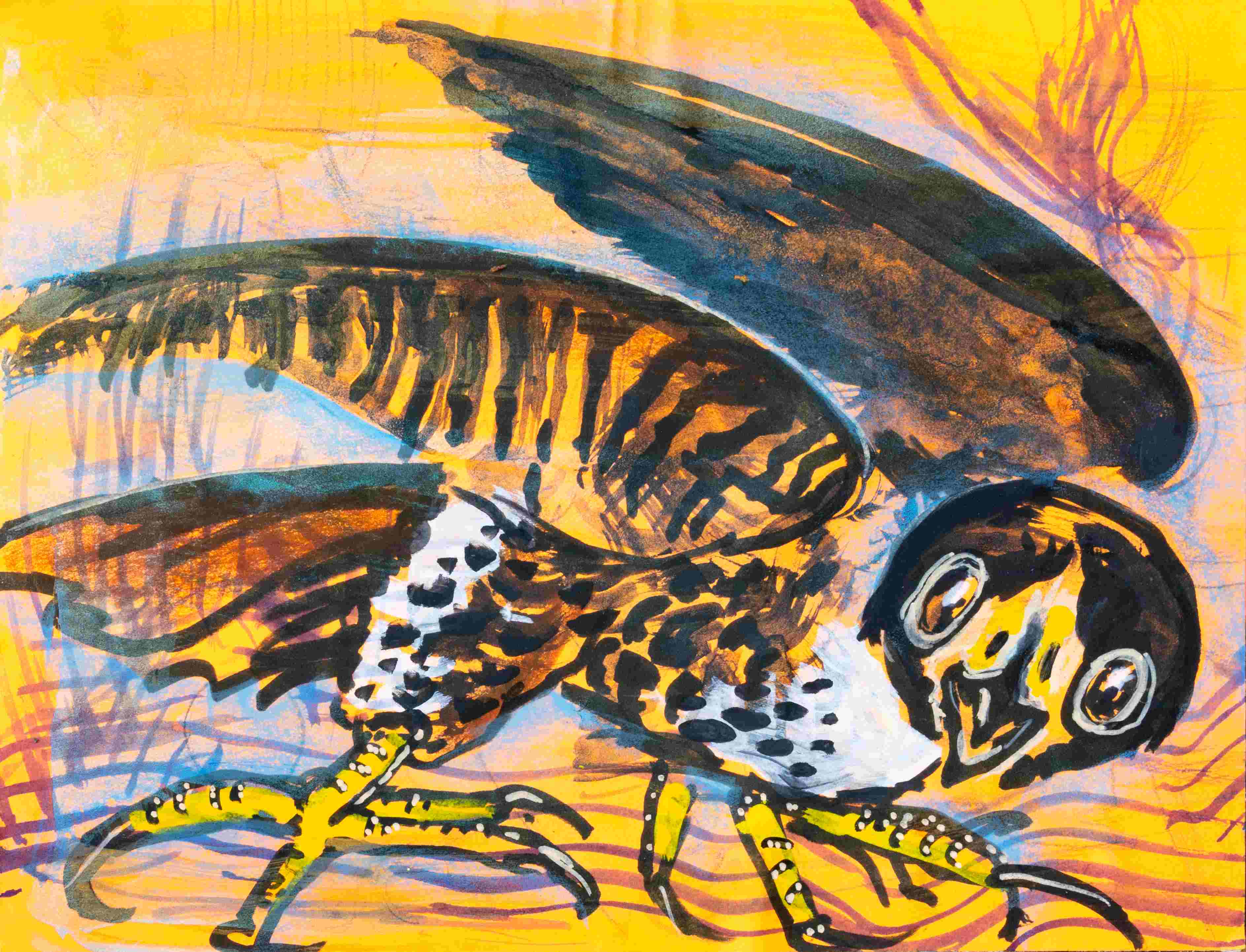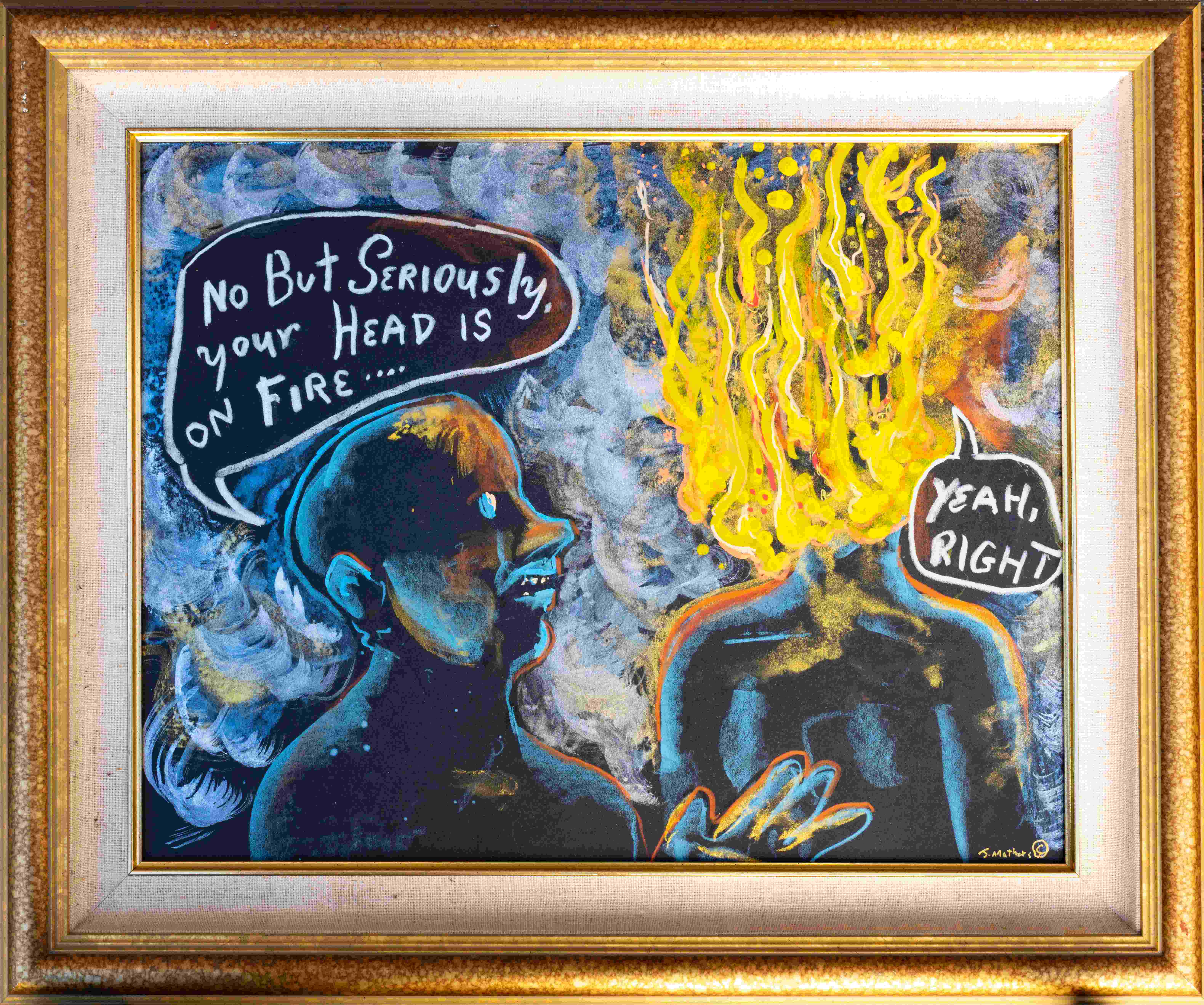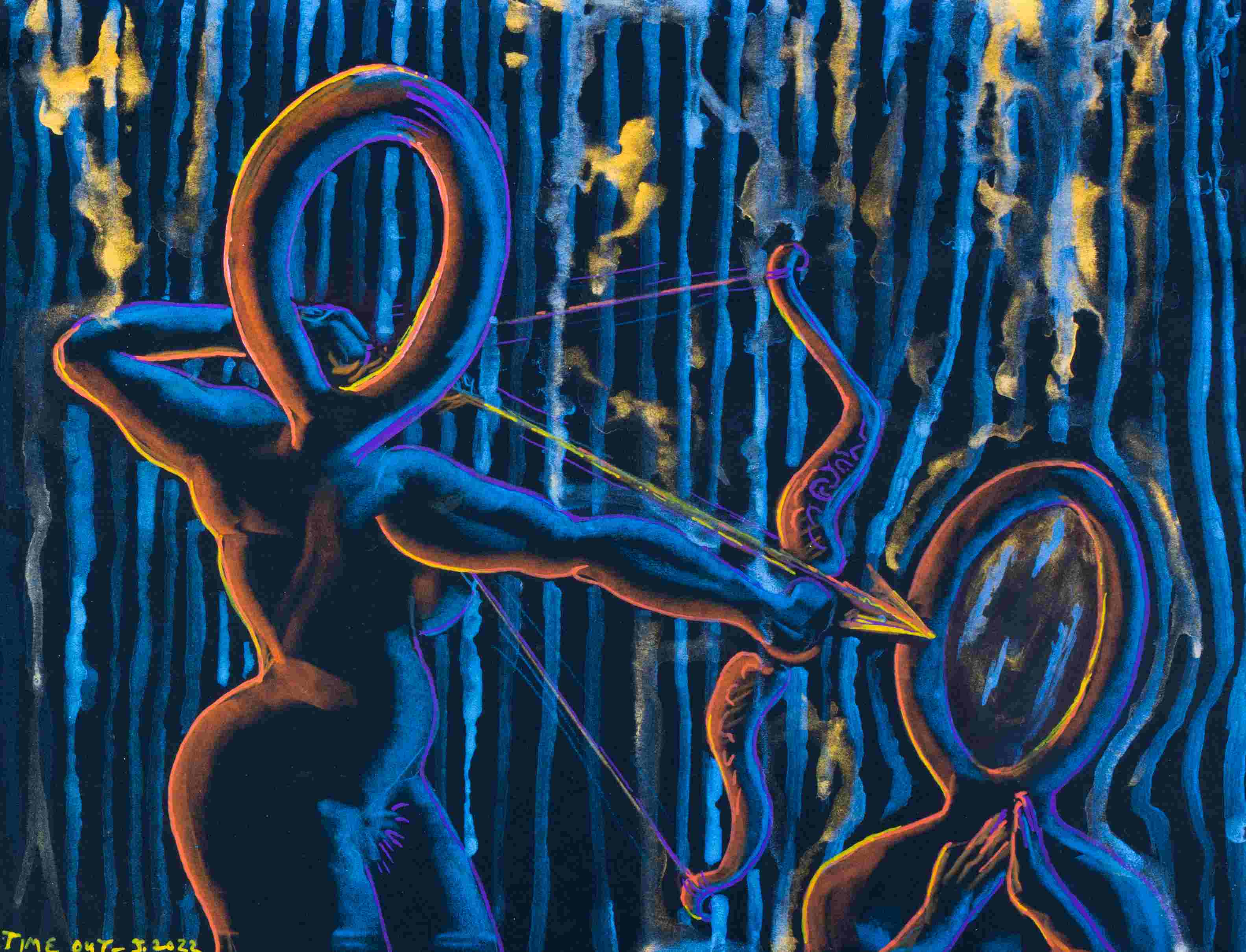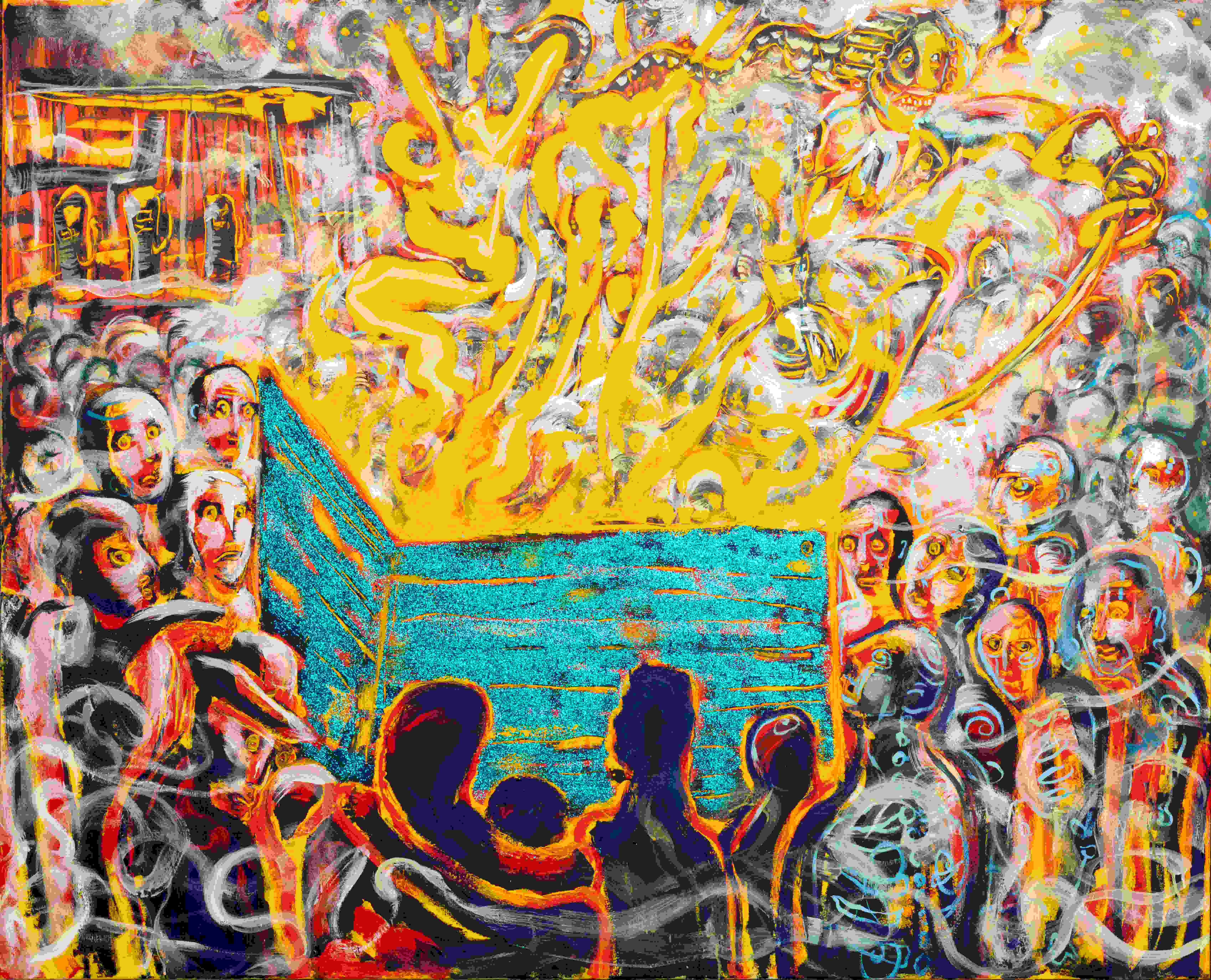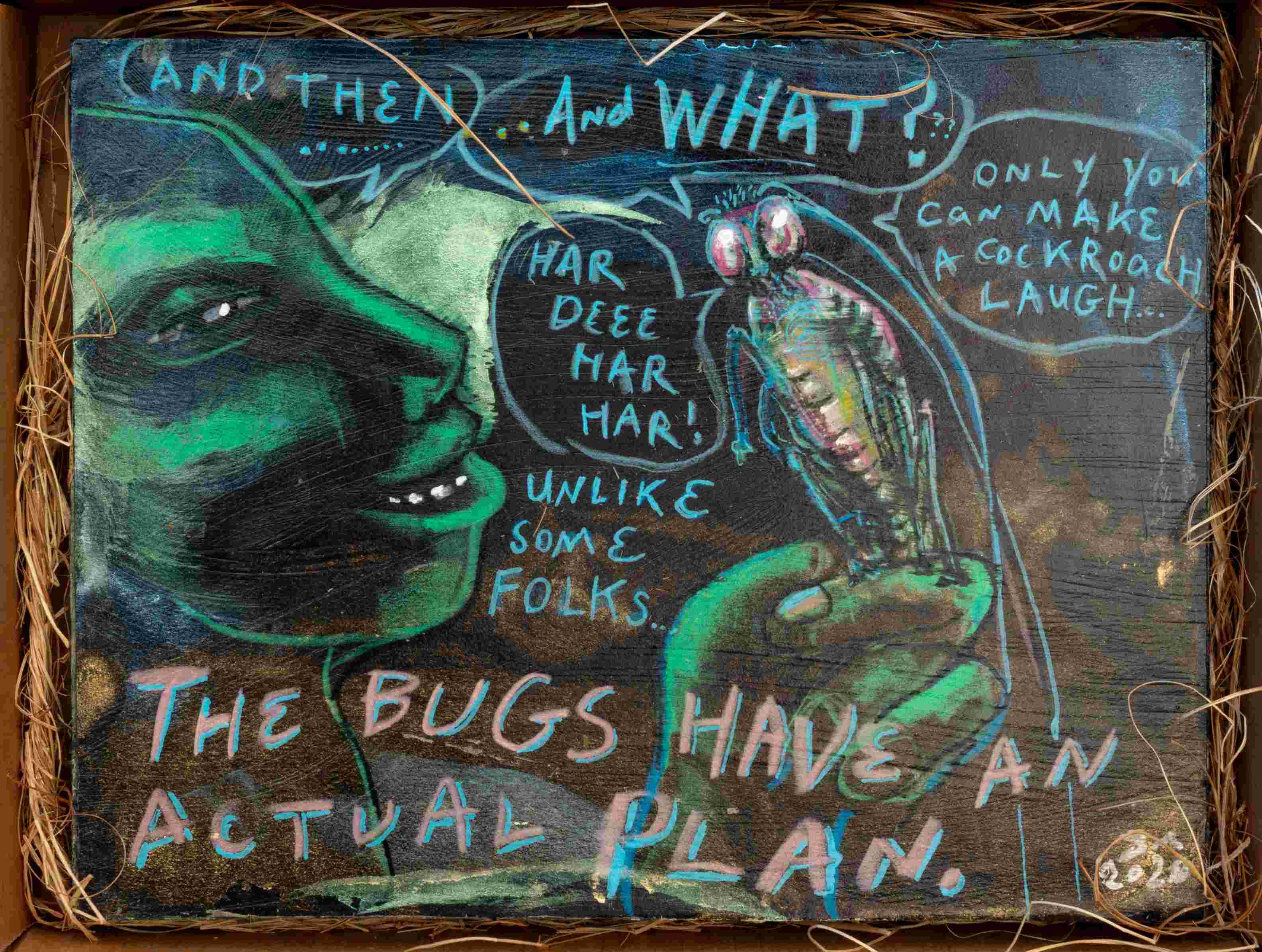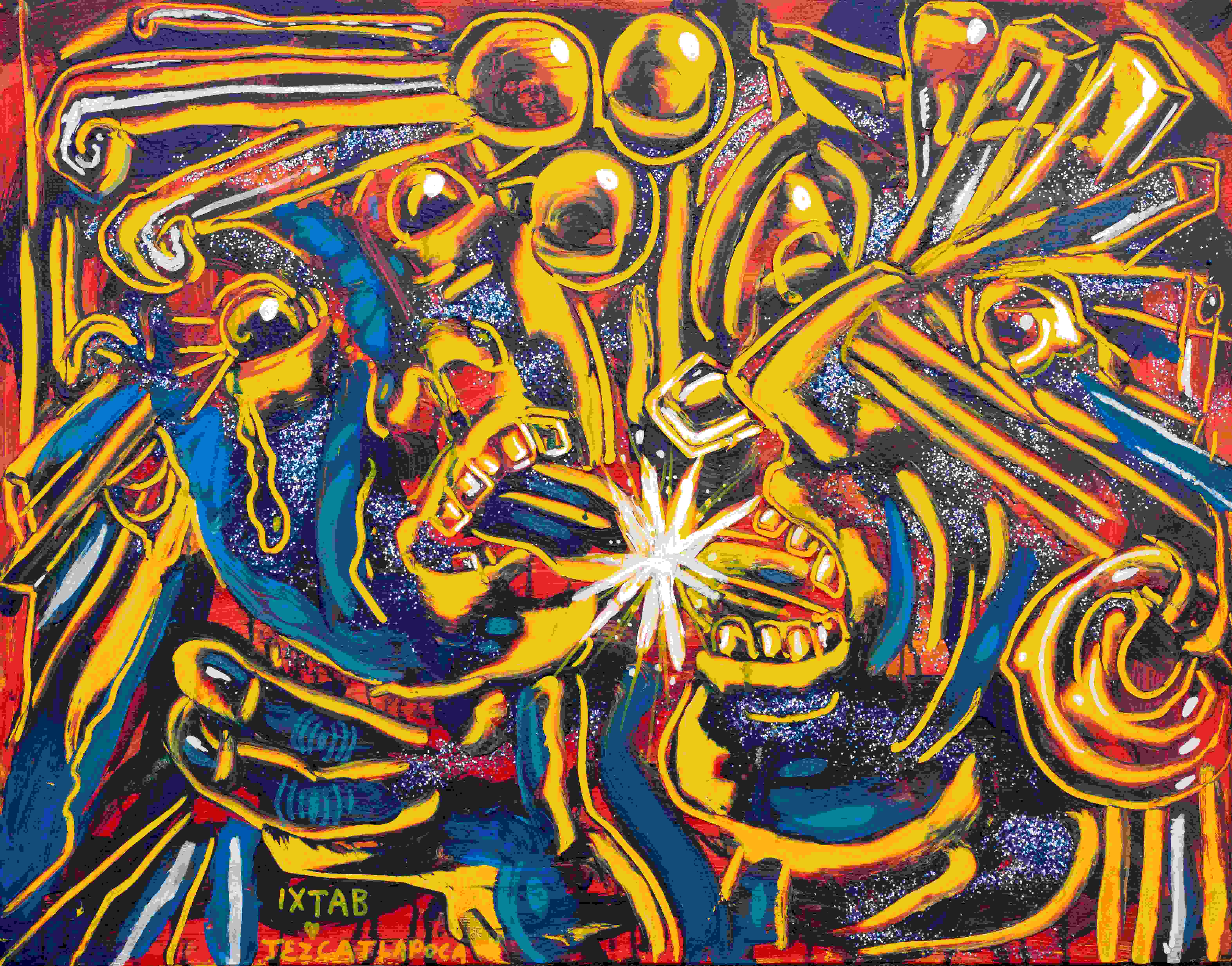James Mathers
1964
James Mathers was born November 13, 1964 in Los Angeles, California. Graduated in ‘81 from the Center For Enriched Studies in Los Angeles.
1984 – Painting
Various dealers and agents exhibit his work in Europe, and James maintained particularly long and prodigious relationships with Turske and Turske in Zurich, Switzerland, and Studio Marconi in Milan, Italy.
1991 – Painting and Set Design
The art market floundering, James found himself in New Orleans doing scenic work for the feature film ZANDALEE, starring Nicolas Cage, Judge Reinhold, and Joe Pantoliano. Cage plays an eccentric painter in the film, and James created more than 30 paintings that are featured on screen.
1999 – Writing
Living in Malibu, California, writing under contract for Jersey Films and Universal Studios, developing his original screenplay MOUCHE SUPER, working closely with producers Stacey Sher and Lisa Lyon. CRUSHPROOF received ovations at the Venice Film Festival, and James continues his collaboration with Movie Masters on further projects.
2001 – More Writing
James completes a wide array of original screenplays: the Goddess-worshipping science-fiction film MAYFLY, a tale of a disillusioned Hare Krishna rediscovering his faith in a midwestern meth lab in SPEEDFACTORY, the Irish ghost love story SLAPPER, and the spiritual comedy UNCLE THEO with life-long friend Billy Zane.
2006 – Present
Living in his native Topanga Canyon, California, James continues to paint, exhibit work in L.A. galleries, promote themed parties and live events, and develop his screenplays.
Created album art for the independently produced Karmakaze, from the L.A.-based band New World Revolution.
Co-founded the Psycho-Iridescent Space/Time Agency (PS/TA) in Los Angeles with New World Revolution front man and close friend Herwig Maurer.
Co-founded The Institute For Acausal Studies in Los Angeles.
Director of Arts Programming for an organization that’s seeking to develop the old Rodeo Grounds. The Lower Topanga Canyon Eco-Arts Park : “A community project to redevelop Lower Topanga Canyon into an Eco-Arts park through an inclusive, community-driven, collaborative process that fosters inquiry, discovery, and collective planning.”
